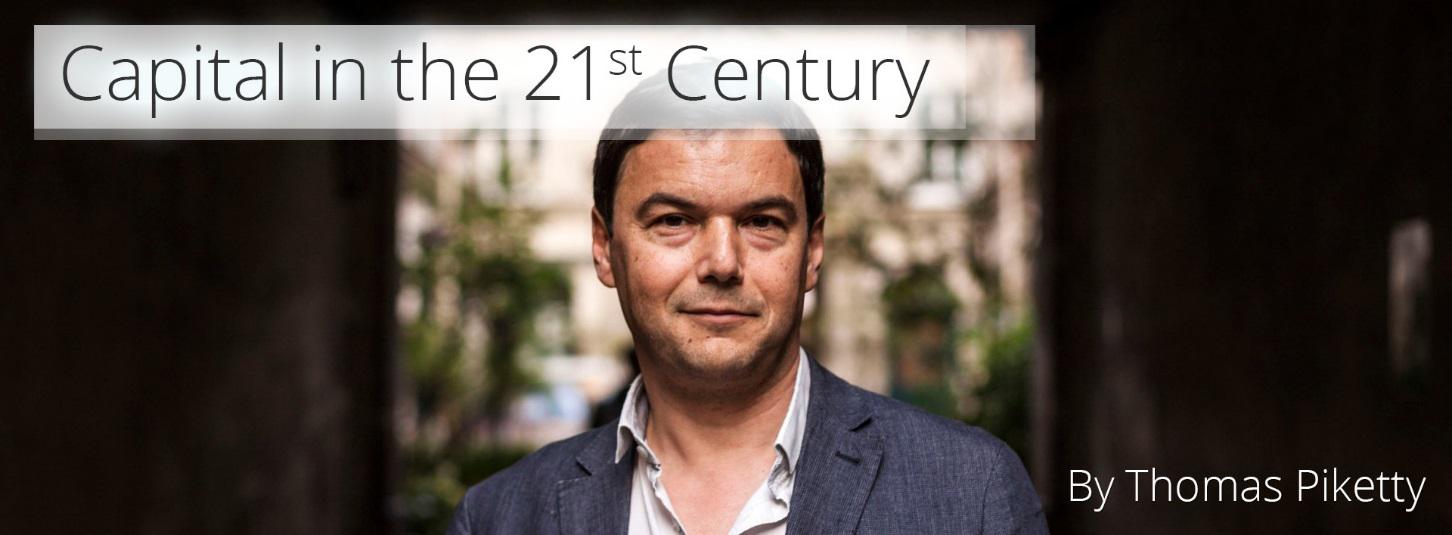The Economic Theory of Everything – Summary of Books-1 to 3
Angel Theory
Index & Summary for Books 1 to 3
The Economic Theory of Everything
By Nick Ray Ball February 2011 to February 2018
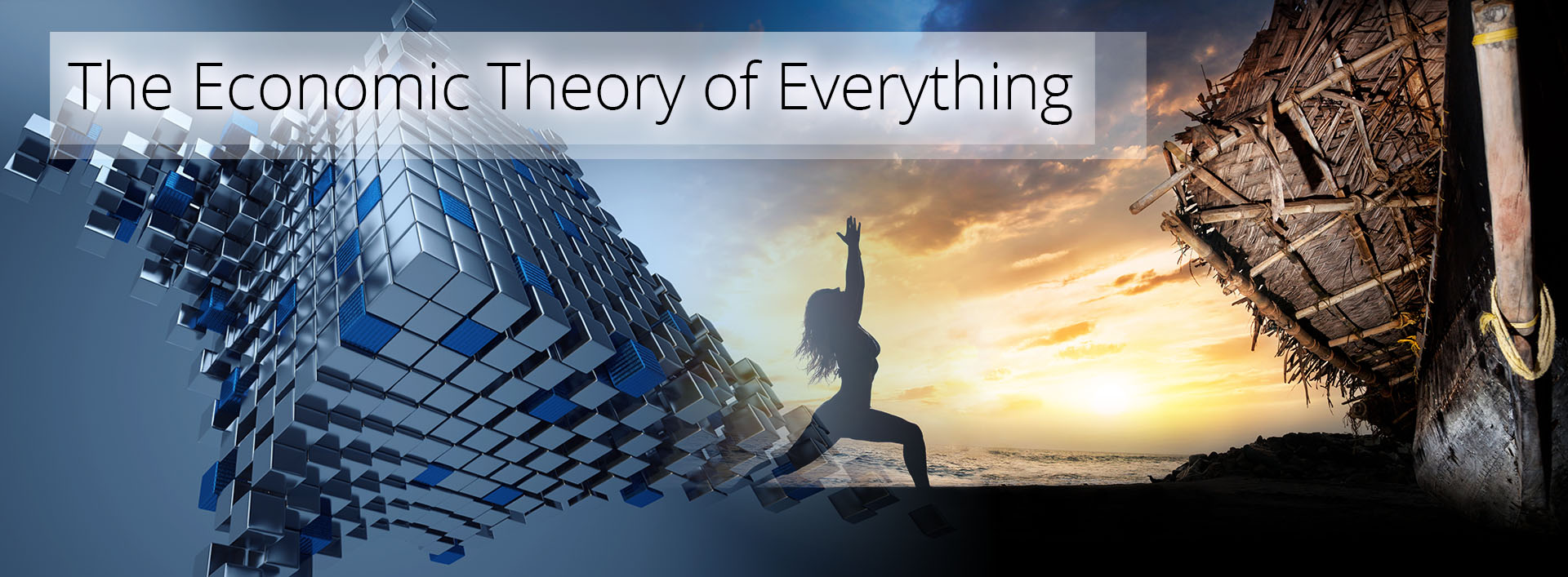
Book 1. Audacious Ideas
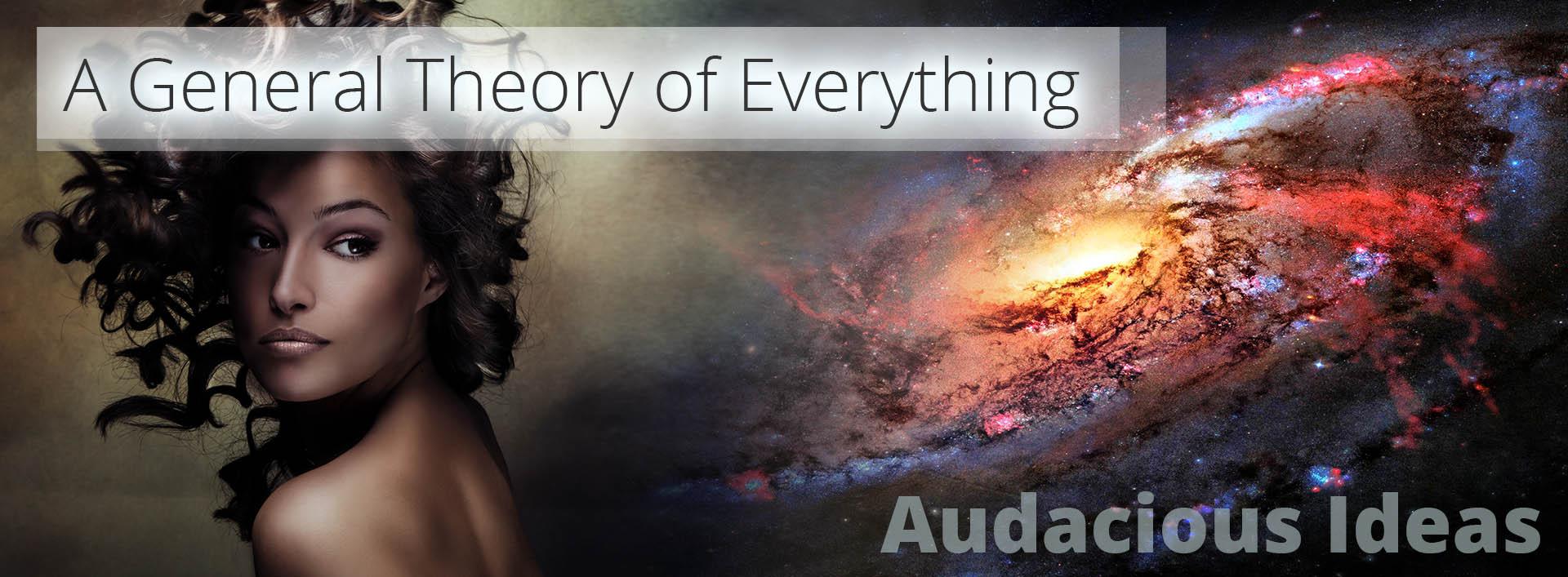
An Economic, Philanthropic & Ecological Theory of Everything.
What do you get when you entangle a theory of everything in physics with equivalent theories in business, economics, philanthropy, and ecology?
We call it ‘A General Theory of Everything.’
Book 1 looks at the 16 ‘M-Systems’ (simulated from M-Theory ‘The Theory of Everything’) and the Audacious Ideas behind ‘The Economic Theory of Everything,’ and ‘A General Theory of Everything.’
(Jump to Summary?)
Book 2. The E-TOE
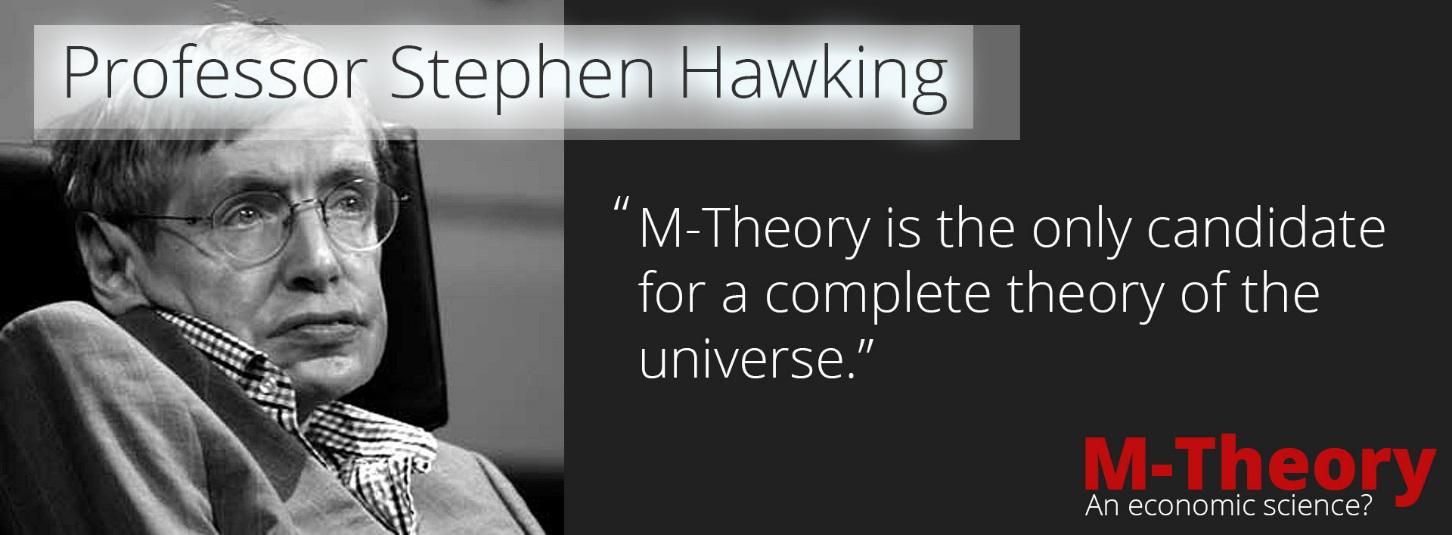
An Economic Theory of Everything
Book 2 focuses on M-Theory, the theory of everything in physics, reverse engineered and simulated into laws of business for an economically compressed financial framework that adopts the title: ‘The E-TOE’ (An Economic Theory of Everything).
(Jump to Summary?)
Book 3. The GDP Game
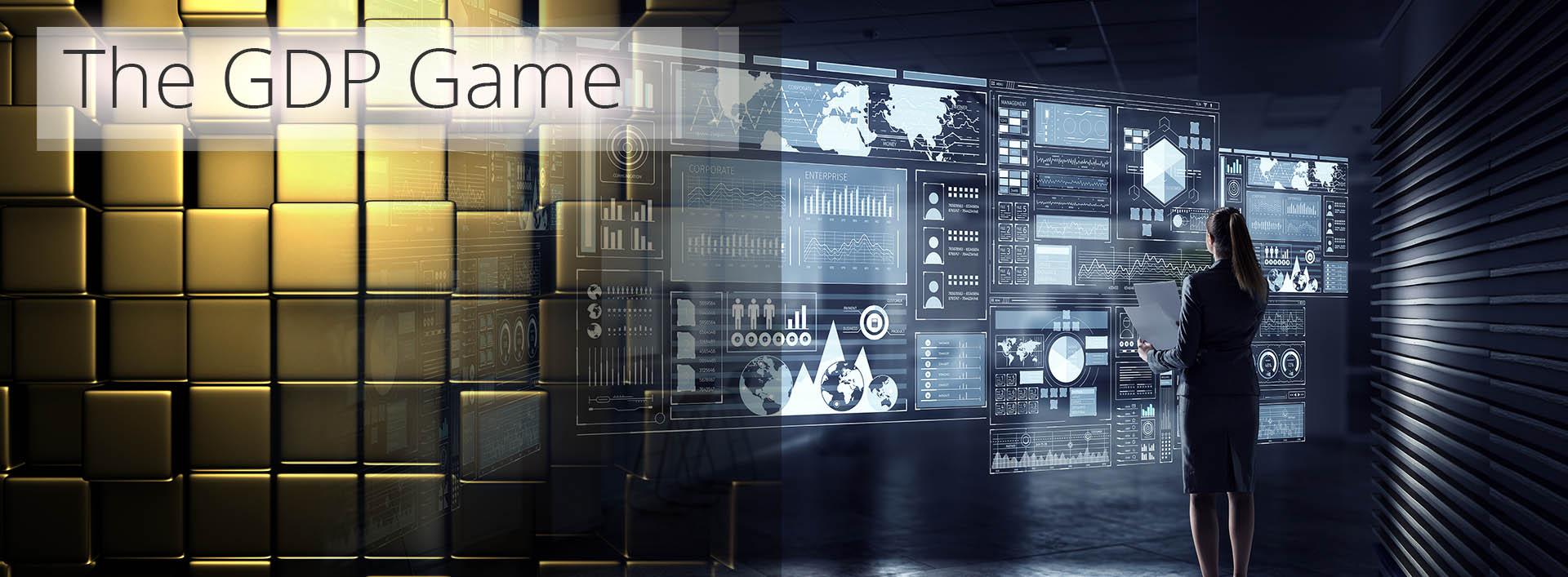
S-World Macroeconomics & The Theory of Every Business 2.1
In ‘The GDP Game,’ we present the basic variables of an S-World UCS simulation. We work with the book ‘Capital in the 21st Century’ by economist Thomas Piketty, and consider the economic merits of convergence and the rebound made from investing in the least successful of developing economies; and create a simulation of a safe ecologically sound super grand network in the Sothern African nations of Malawi & Zimbabwe.
(Jump to Summary?)
Book 4. The TBS ™
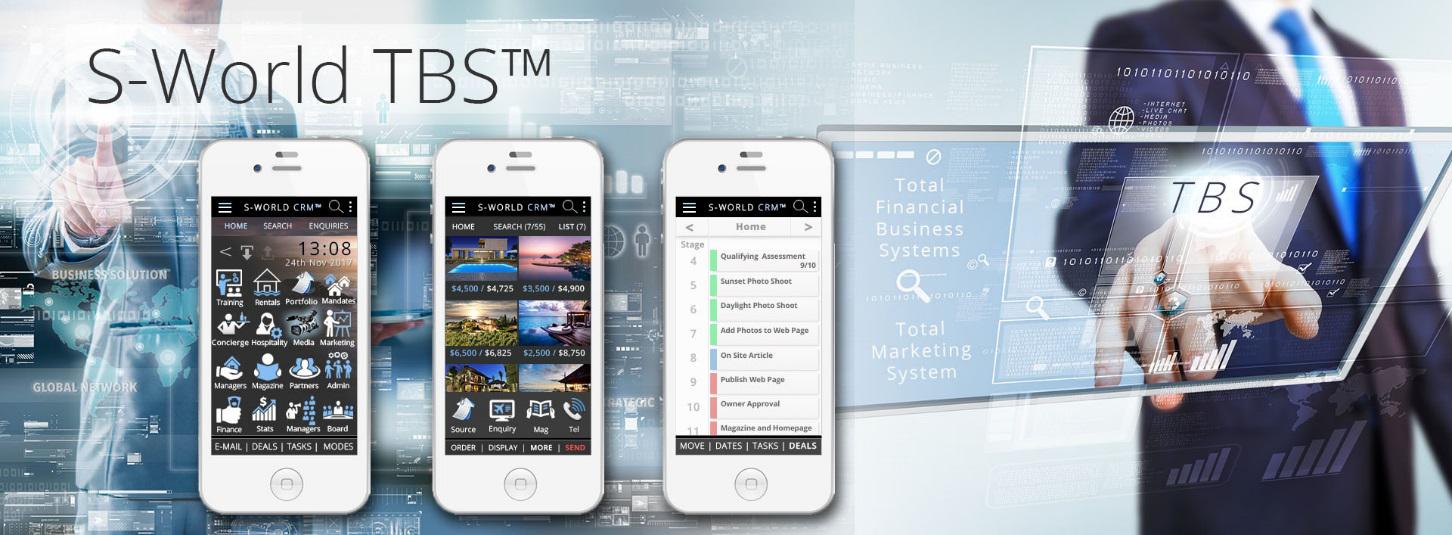
Total Business Systems
Before we consider a grand network in Malawi or many smaller virtual networks (not attached to a property development) in Cape Town, California, St Tropez and across the globe; we need the TBS™ (Total Business Systems), an integrated set of software and web elements that, in combination, are collectively far more powerful than any inclusive software available today, to be created one industry at a time.
The TBS™ is useful to the microeconomics and utterly essential to the macroeconomics, as it monitors and guides every single business decision in coordination with S-World UCS™ simulations.
This book is currently told within a previous book ‘The Villa Secrets Secret.’
Go to ‘The Villas Secrets’ Secret‘ for a summary.
Book 5. The Villa Secrets Network

S-World Microeconomics & The Theory of Every Business 2.2
Stepping out of theory and simulation and into a real-world prototype Villa Secrets, we see the microeconomics of how networks are created and the benefits of the TBS and other software.
This book is currently told within ‘The Villa Secrets Secret.’
Go to ‘The Villas Secrets’ Secret‘ for a summary.
Future Books
In addition to the 5 Books that have been prepared and are being put on line, will come books on S-World VSN (Virtual Social Network), S-World UCS (Universal Colonization Simulator), S-World Films, & The Theory of Every Business.
Book 1 Summary: Audacious Ideas
‘A General Theory of Everything’
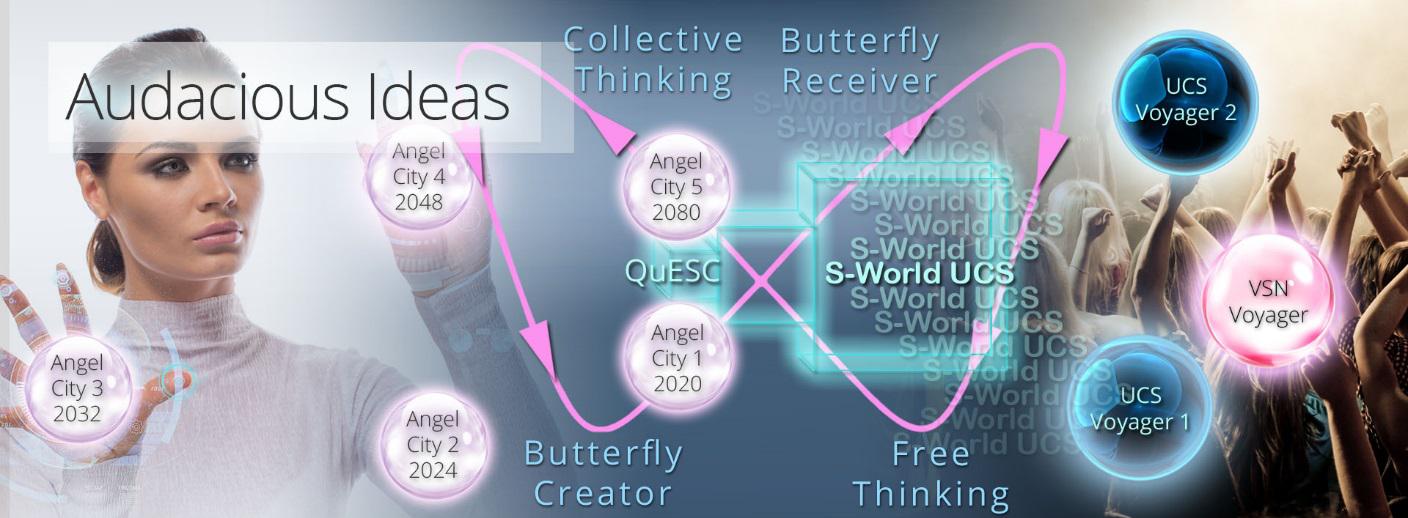
Welcome to Angel Theory Part 1. ‘Audacious Ideas,’ in which we introduce the 17 ‘M-Systems’ that create the fabric of a new network design called S-World, and introduce 3 Audacious Projects that can transform the way we do business in the 21st Century.
Audacious Project 1. The TBS™ (Total Business Systems)
Audacious Project 2. The Virtual Network (S-World VSN™ and VBN™)
Audacious Project 3. S-World UCS™ (Universal Colonization Simulator)
The objective of S-World at this time is to seek a handful of companies/foundations such as the Chan Zuckerberg Foundation, SpaceX, Google.org, The Bill & Melinda Gates Foundation, Virgin, Paul G Allen, and others to assist in the creation of the software required in Audacious Projects 1 and 3; wherein the objective of 3. S-World UCS™ is to create extremely accurate simulations of the projects presented in this book.
The title of this book is ‘Angel Theory,’ reflects the ambition since March 2011 to create both a hyper-efficient business model and a philanthropic network, which now boasts 18 different Special Projects from Equality to Water.
-
1.1 Give Half Back (S-World)
A love story and general theory of everything, inspired by my angel ‘Sienna Skye.’ Initially in 2011, the S-World idea was very simple, I would create a mighty business network and own 50% equity, and my profits would be used for good. Now, there are over 10 Give Half Back examples entangled within the S-World Network design.
(This Chapter is 70% complete)
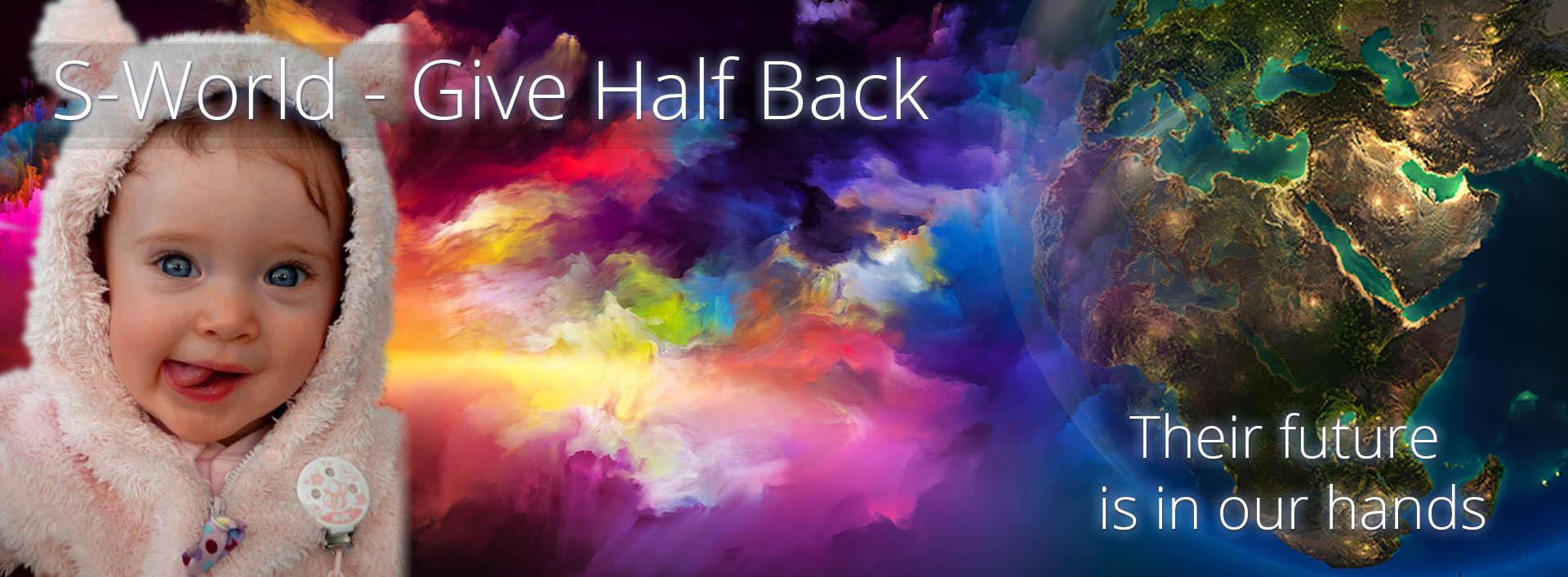
-
1.2 M-Systems 0 to 9
Named after M-Theory (The Theory of Everything), M-Systems are 17 different systems that combine together to create a powerful economic and business framework, inspired by a combination of string and chaos theory, and more recently quantum theory and general relativity.
(This Chapter is 99% complete)
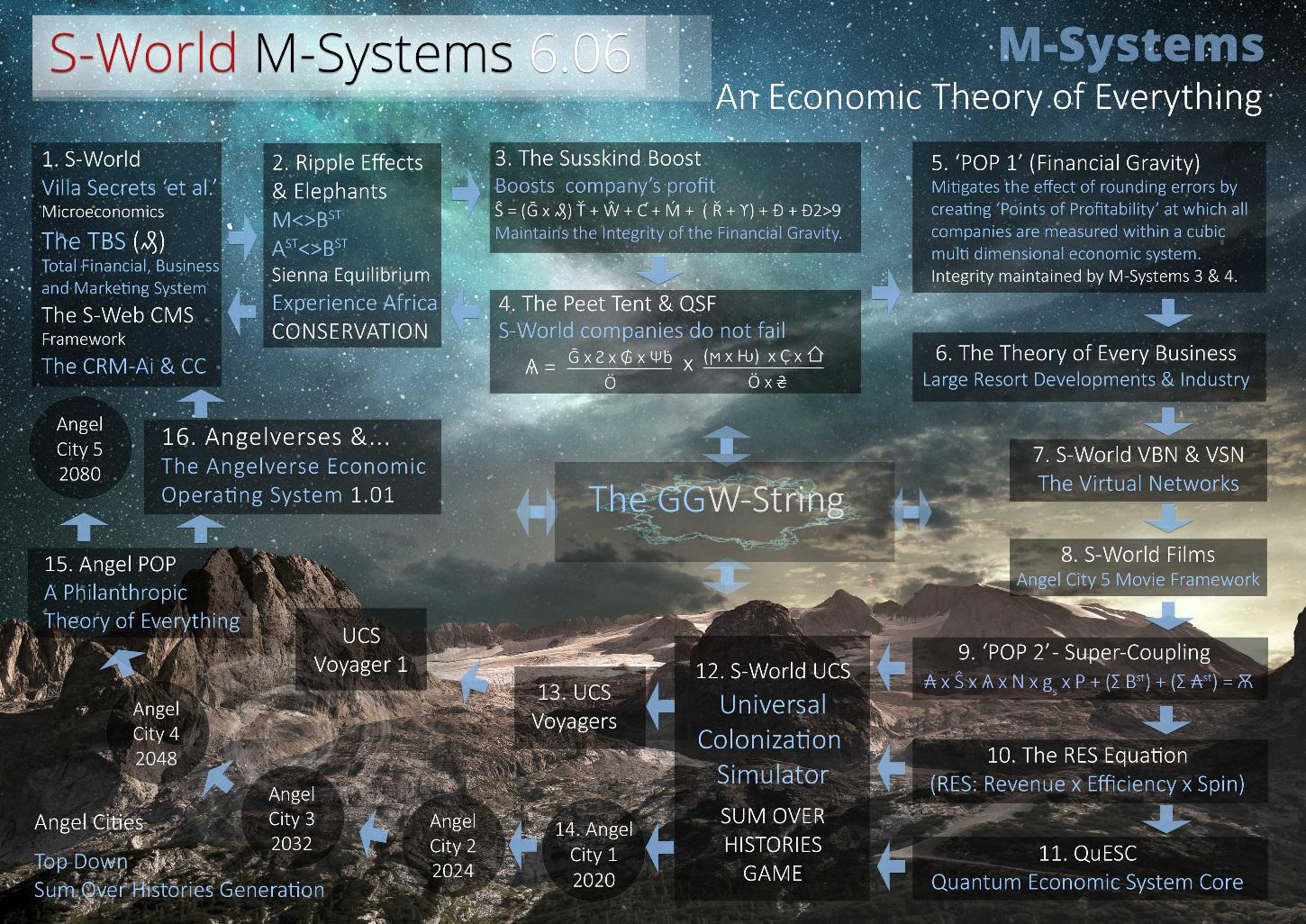
“You may not predict what an individual may do, but you can put in motion things that will move the masses in a direction that is desired, thus shaping if not predicting the future.” (by Isaac Asimov)
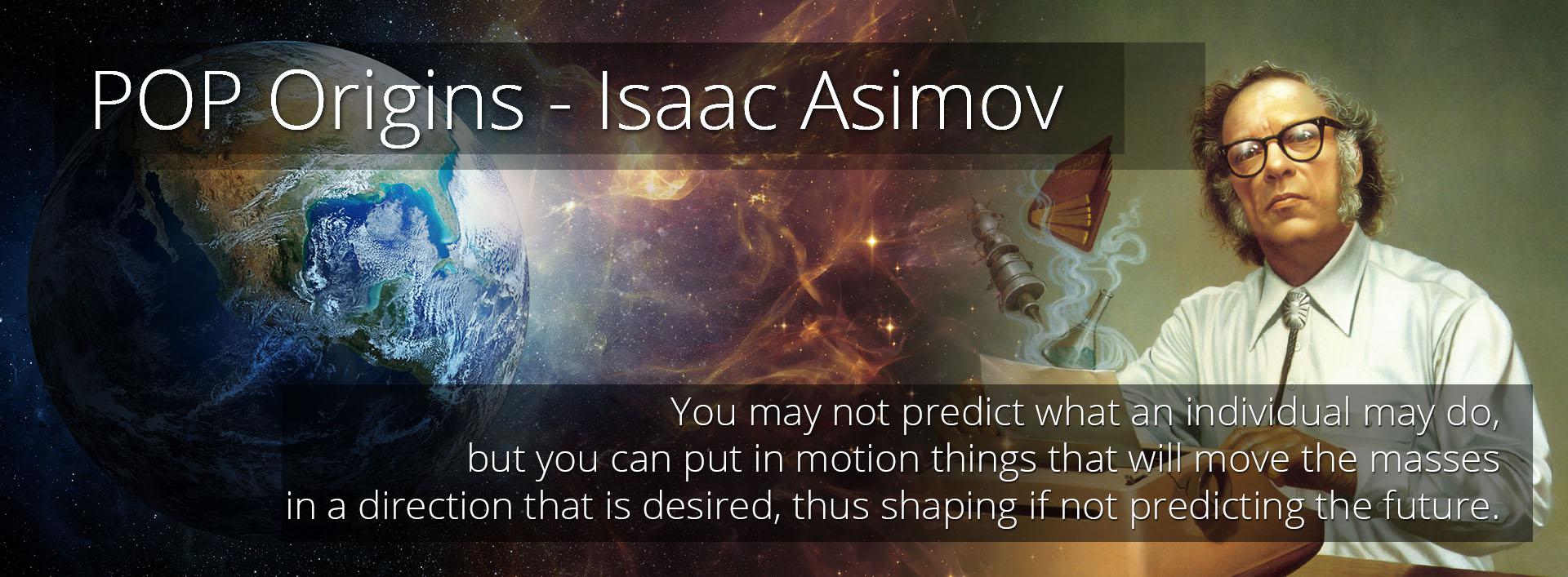
-
1.3 The S-World UCS M-Systems (10 to 14)
From the RES Equation to Angel Cities, the S-World UCS systems are the current objective. In developing S-World UCS, a project that I am ready to project manage, we answer all the questions one may have about the detail of the many Audacious Ideas, philanthropic and ecological initiatives including the flagship UCS project MARS Resort 1.
(This Chapter is 99% complete)
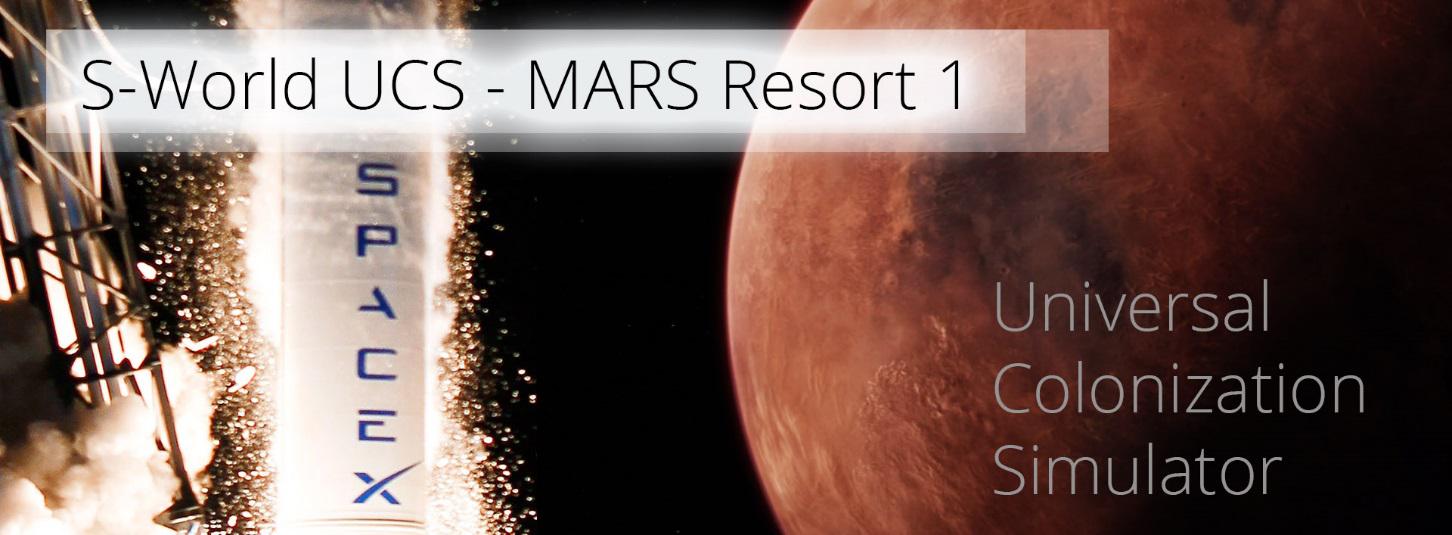
-
1.4 Special Projects (not for profit) M-System 14
The S-World Special Projects: Currently 18 massive Ecological, Philanthropic, and Complexity Saving initiatives, created as a consequence of developing Grand Networks in locations of abject poverty.
(This Chapter is 99% complete)
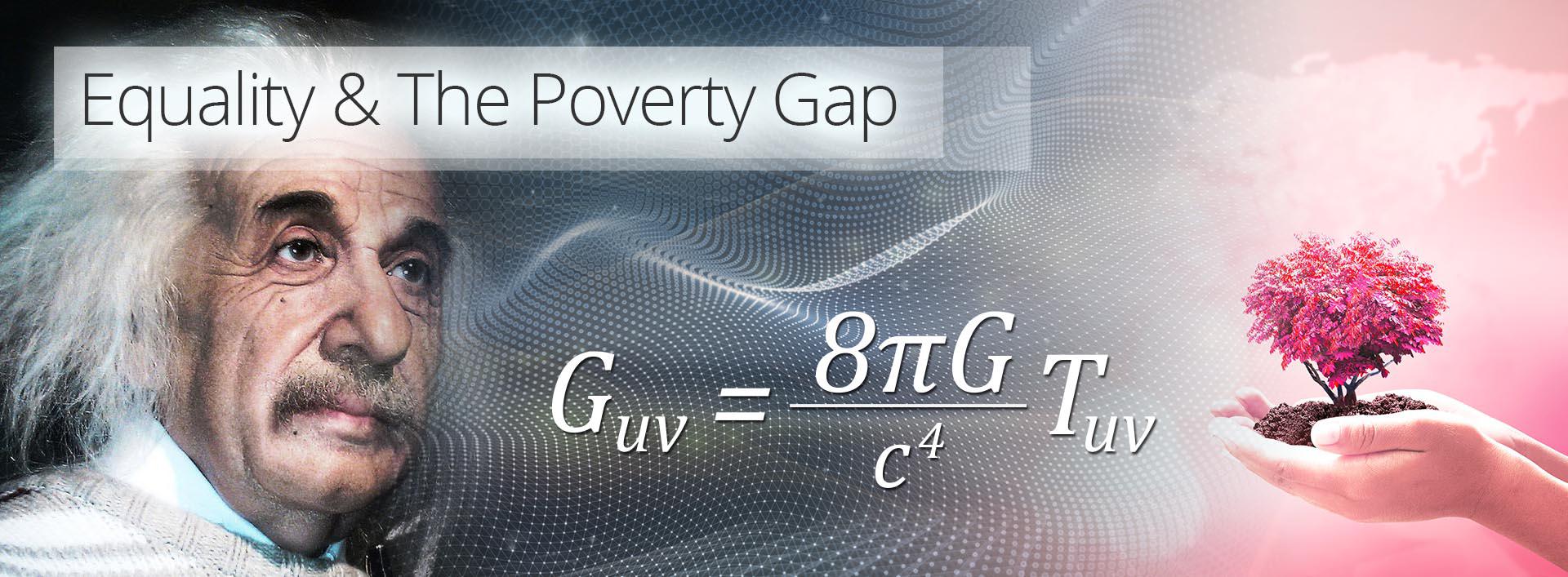
-
1.5 Angel POP (Equality) M-System 15
M-System 15. ‘Angel POP’ presents financial dimensions and tells how all 18 (non-profit) Special Projects are created as part of a Super Gland Network, and because…
“Grand Networks in locations of abject poverty are Special Projects!“
(This Chapter is 99% complete)
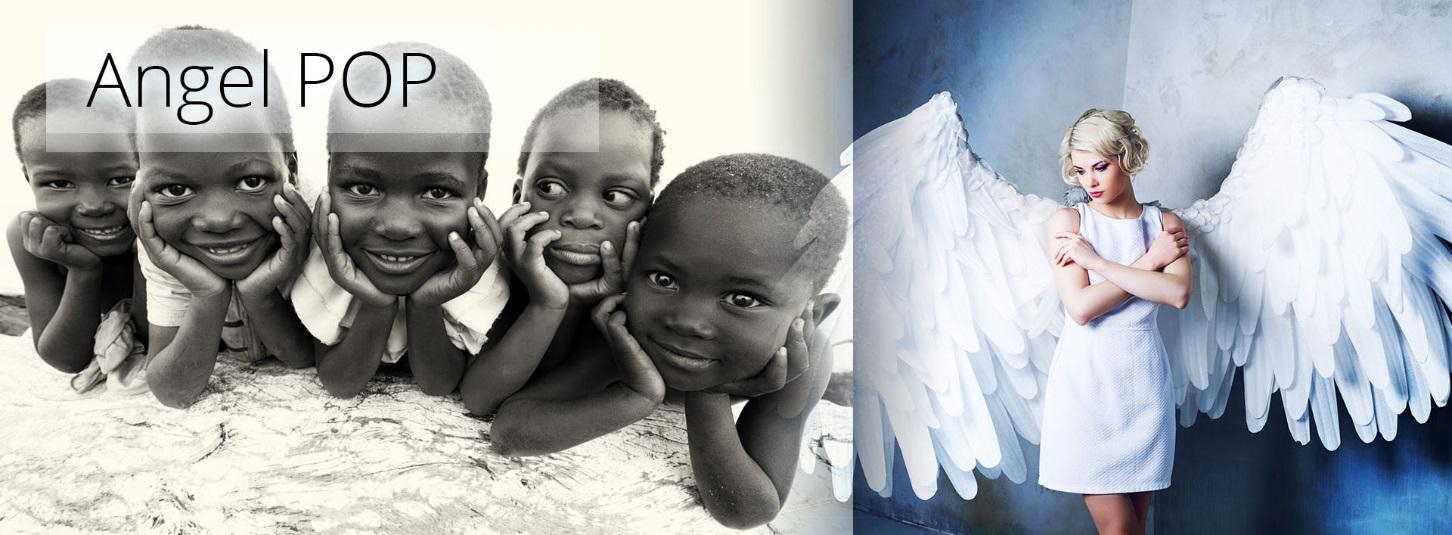
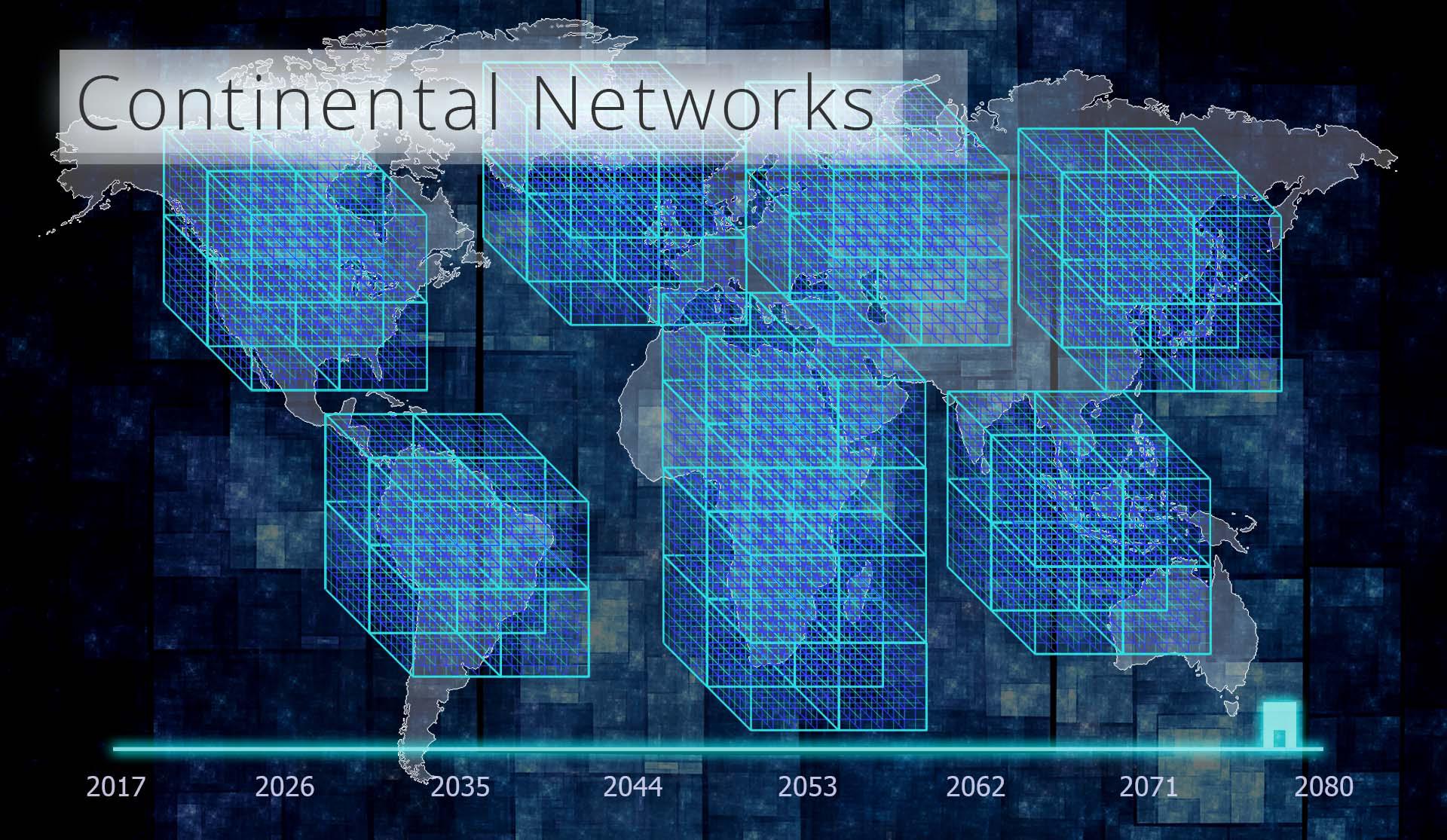
-
1.6 Angelverses (M-System 16)
The final M-System brings foundations, NGOs, big businesses, and countries into the equation, and considers the licencing of systems for known brands to distribute to their members, and also discusses how big businesses can join the network.
(This Chapter is 75% complete)
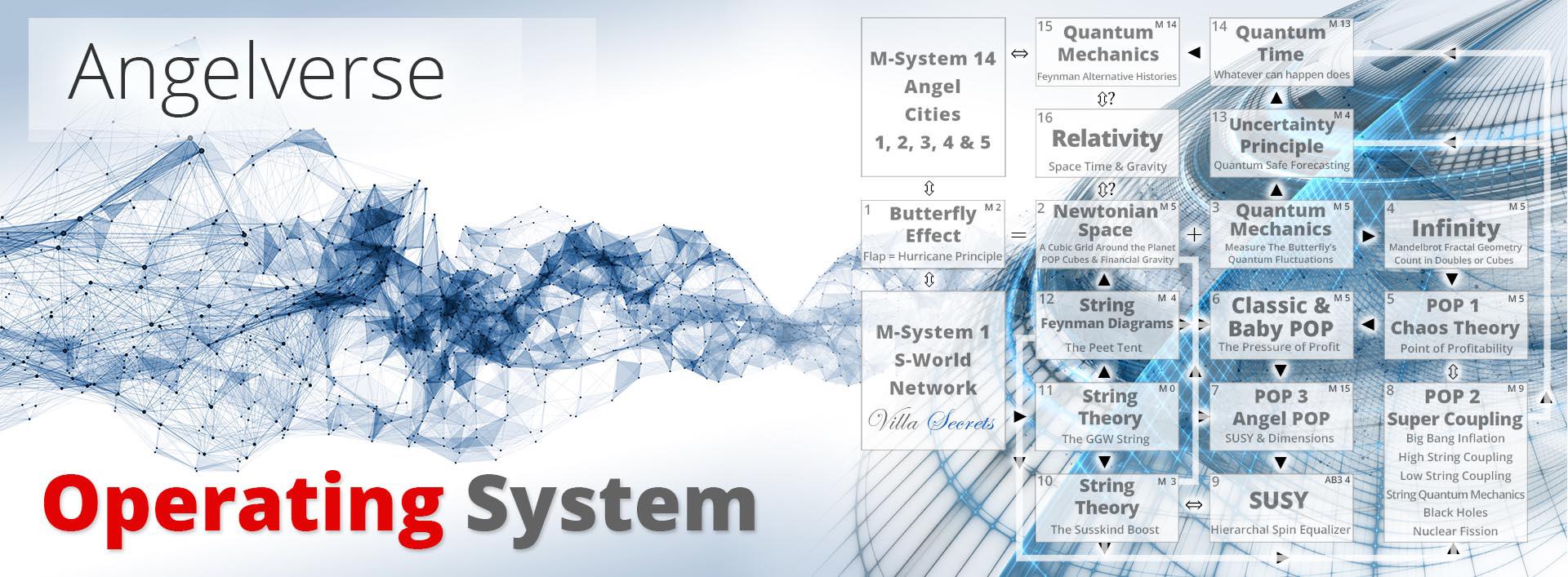
Once foundations, NGOs, big businesses, and countries are brought into the equation, which we look at in some detail in Part 3 ‘Audacious Economics,’ the system becomes circular as all new partners start again from M-System 1, but with greater force and the rodeo starts again…
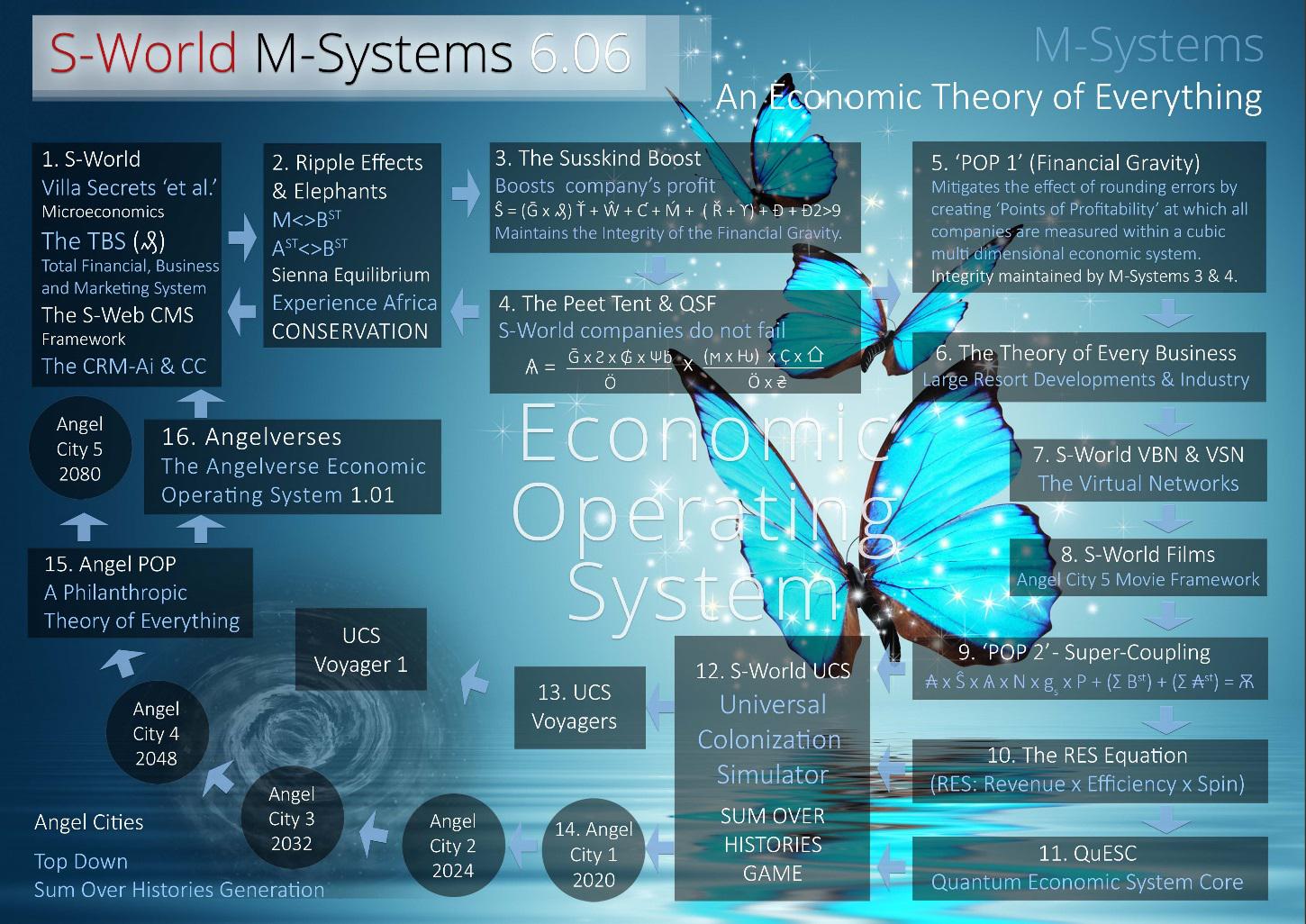
-
1.7 S-World Audacious Projects
M-Systems 1 to 15 initially focus on the creation of many small companies, S-World Audacious Projects are currently 8 ‘for profit’ Super Projects that pay 50% of profits to the ecological and philanthropic (non-profit) ‘Special Projects.’
(This Chapter is 75% complete)

-
1.8 Audacious Project 1. The TBS™ (M-System 1)
Project 1 is ‘The TBS’ (Total Business Systems); which is all of the software described in the Angel Theory Book 4, all systems from Book 5, and many parts of the vast M-System 1.
(This Chapter is 75% complete)
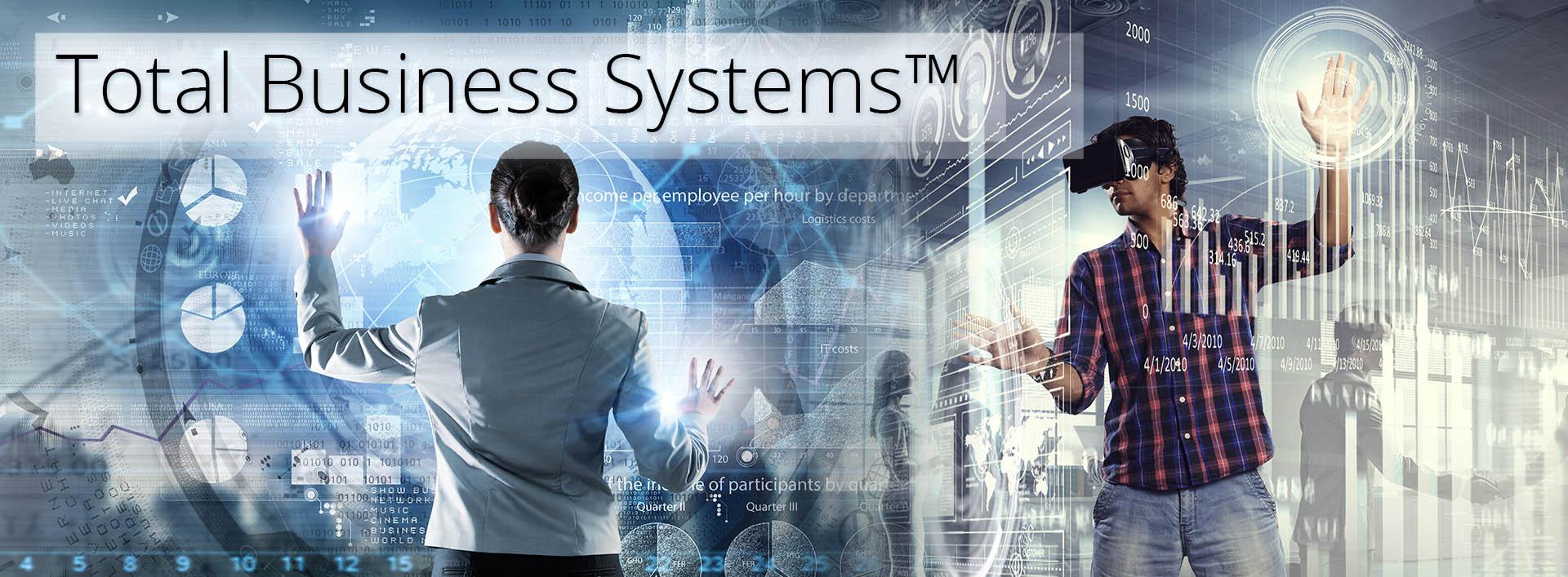
-
1.9 Project 2. The Virtual Networks™ (M-System 7)
S-World is short for ‘Sienna’s World,’ a virtual world, then universe, then multiverse, then who knows… maybe a virtual heaven. Mastered from 2000 to 2004, then side-lined, to be picked up again in 2011.
S-World VSN (Virtual Social Network) and S-World VBN (Virtual Business Network) are the oldest of the M-Systems.
S-World VSN
Where you are
Where your friends are
Where you’d like to go
& What you’d like to see
S-World VSN – Where shall we go today?
(This Chapter is 75% complete)
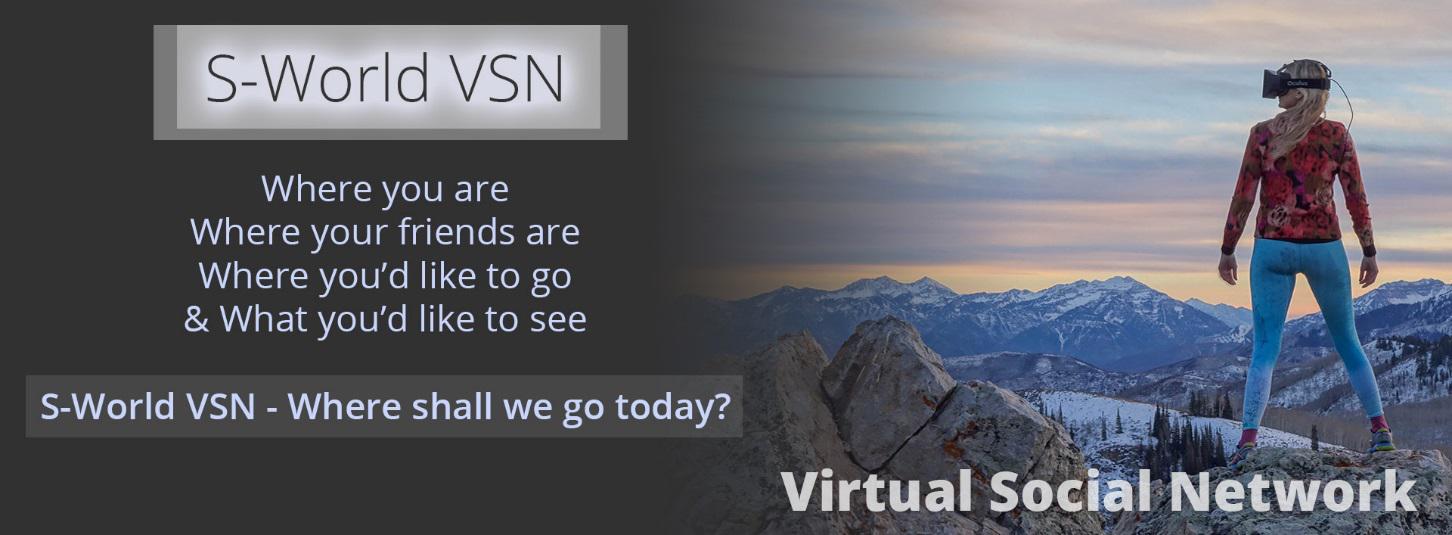
S-World VBN – What shall we buy today?
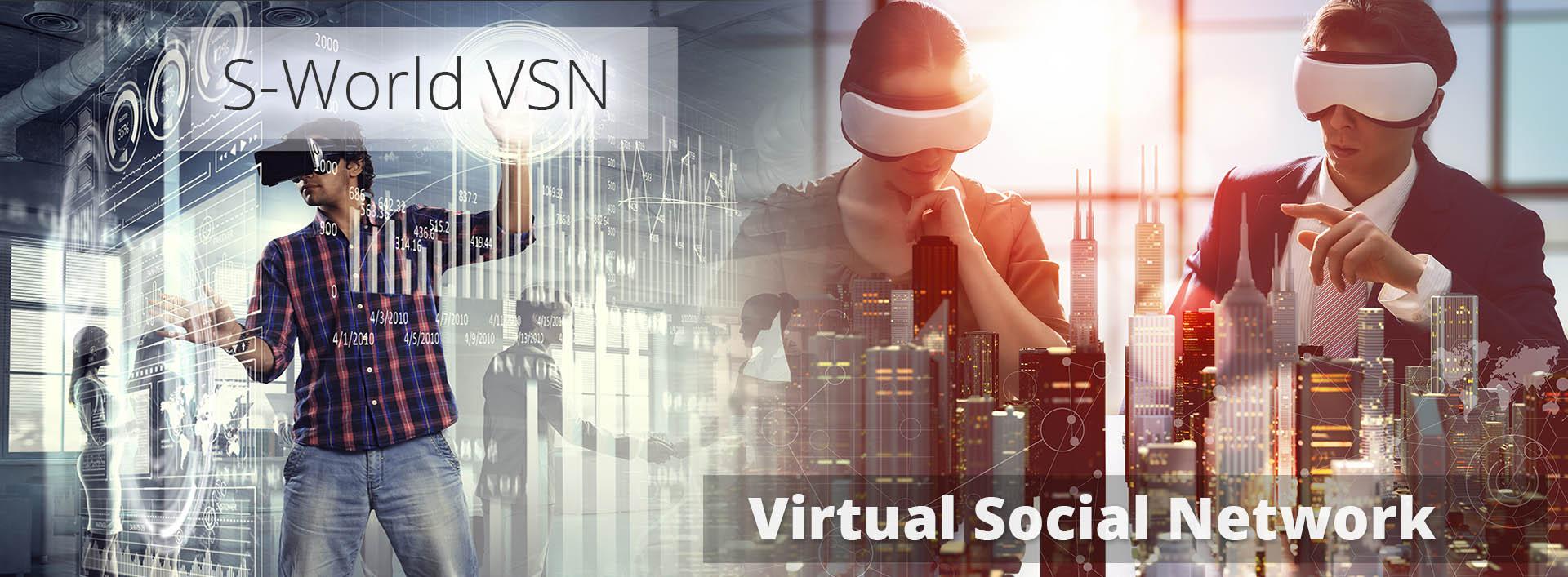
-
1.10 Project 3. S-World UCS™
Built in tandem and with the S-World TBS, M-System 12. S-World UCS (Universal Colonization Simulator) is the system that teaches and simulates everything, from a single small business, to the Malawi – Zimbabwe Network, to the MARS Resort 1 Development.
(This Chapter is 50% complete)
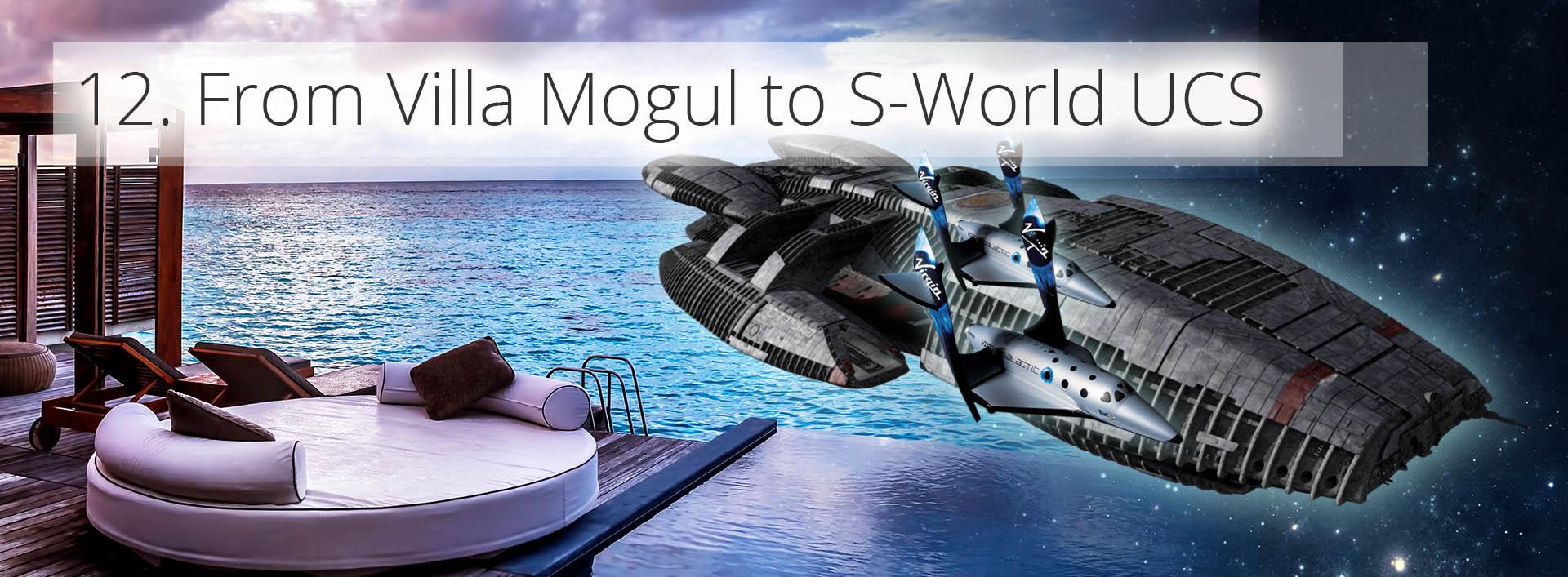
Whilst it may sound to some that a Super Grand Network on MARS may be a long way away (if it is possible at all), this should not stop one from creating the simulation; as in this case, it was only after creating a MARS Resort 1 simulation did we have the ideas for ‘The ‘GDP Game’ chapter and the Malawi-Zimbabwe BabyPOP Super Grand Network.
Before moving to some rather intense chapters and some very large figures, it’s very important to note that we are not asking anyone to invest in the Grand Networks until we have created the S-World UCS simulations that would take at least a year to create.
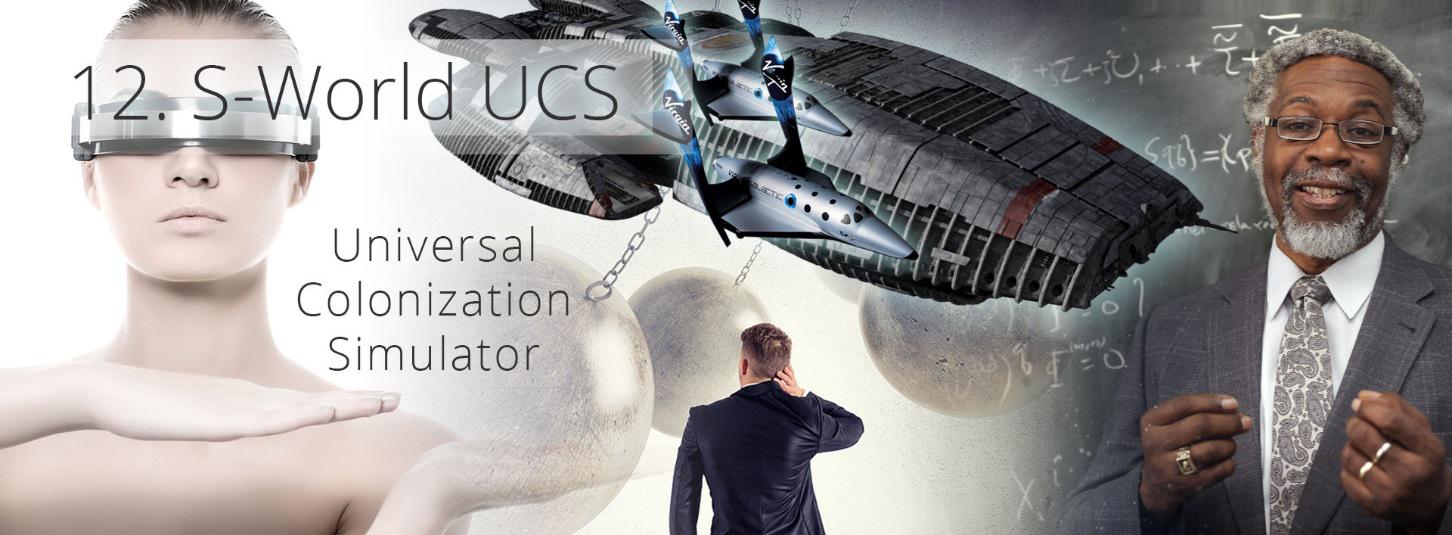
-
1.11 5 Other Audacious Projects
S-World Builds (Grand Networks & Infrastructure), S-World Foods, S-World Films (and concierge), S-World Power (green energy), and S-World Water (African Rain Desalinisation and Infrastructure)
(This Chapter is 25% complete)
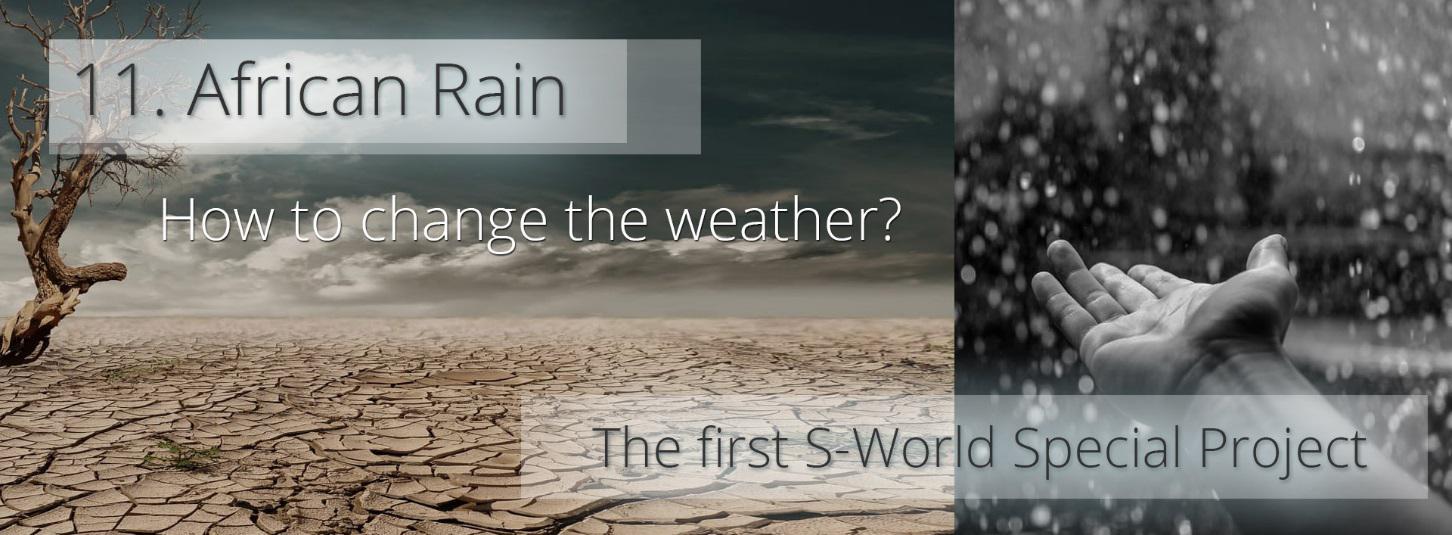
-
1.12The Theory of Every Business 2.01
The Theory of Every Business, written in 2012, seeks to create a network of companies that can produce 90% or more of all the products, foods etc. that are needed for a Grand Network, so 90% of income goes to one or another S-World company.
Not unlike SpaceX and Virgin Orbit, now making 90% of the parts needed to build a rocket within their group/companies.
(This Chapter is 50% complete)
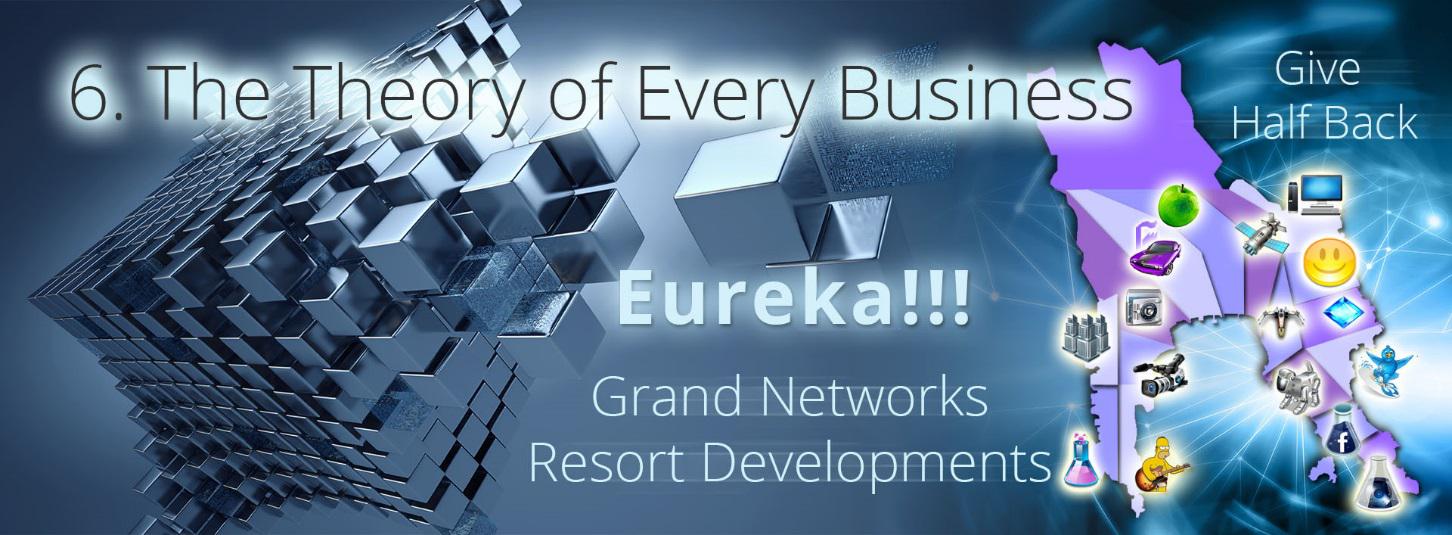
-
1.13 The Sienna Foundation (S-World)
13. S-World is an abbreviation for ‘The Sienna Foundation,’ the non-profit foundation at the heart of S-World; which includes how POP and Give Half Back income is spent and is the registry for S-World Bonds.
Currently seeking trustees…
(This Chapter is 50% complete)
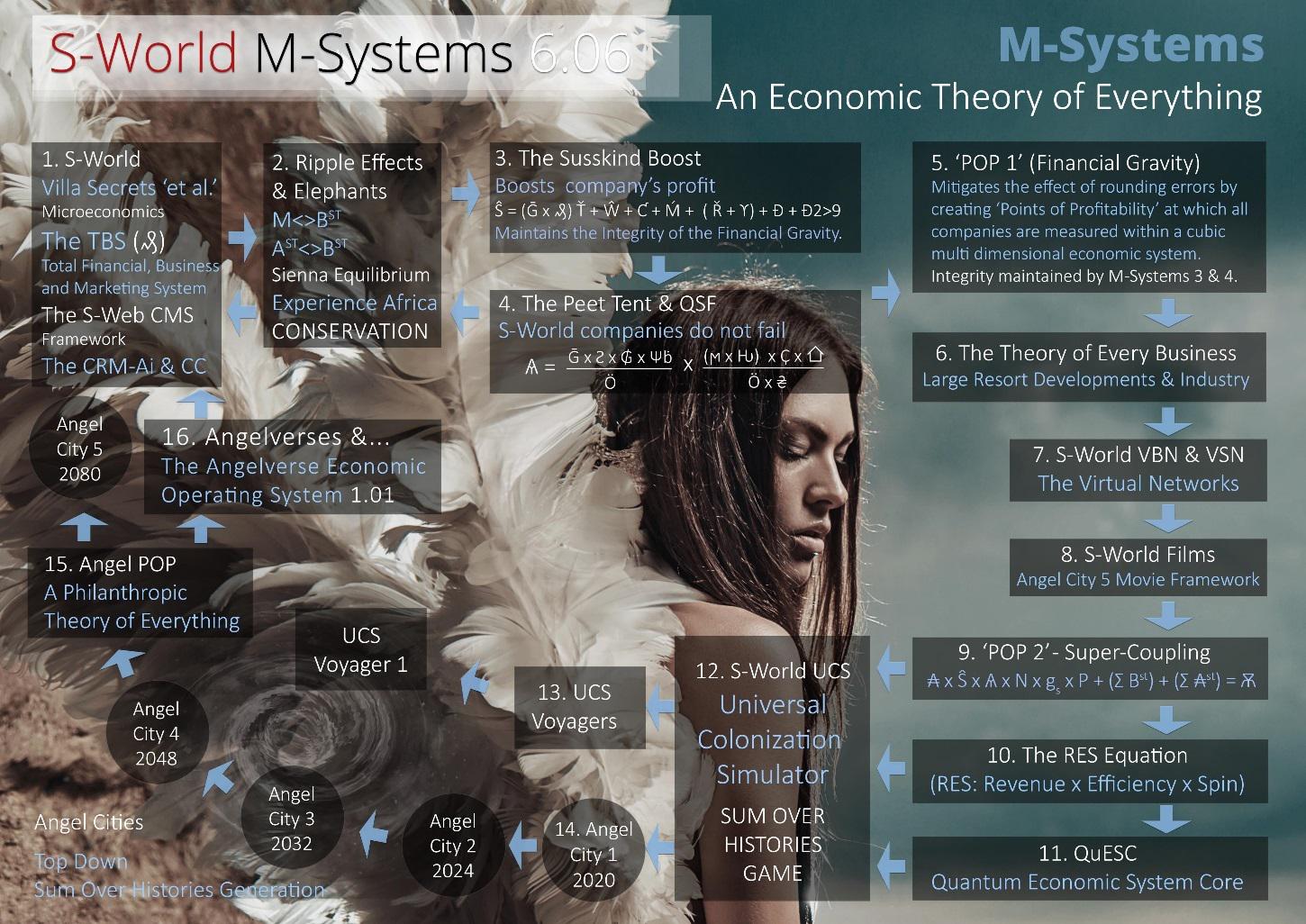
Book 2 Summary: The E-TOE
‘An Economic Theory of Everything’
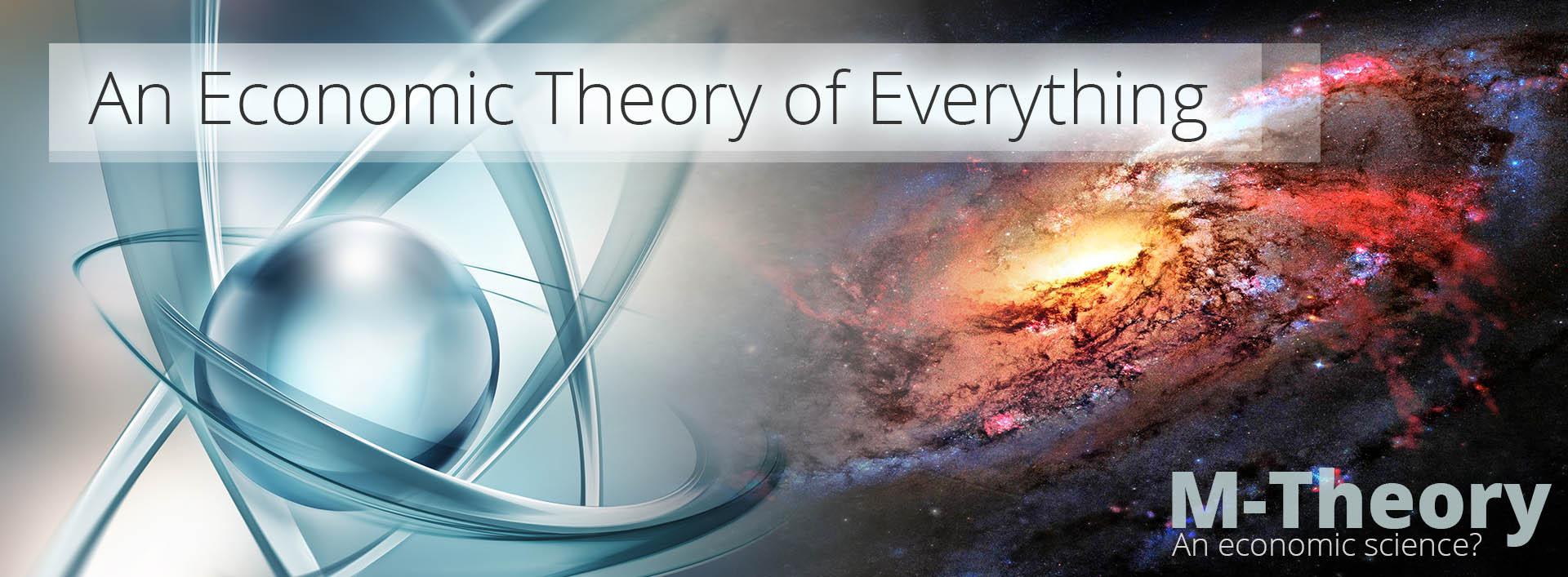
Below, we see the latest system architecture for the ‘E-TOE’ (An Economic Theory of Everything), which started in the summer of 2011 with an innocent thought and curiosity about the chaos theory conundrum of rounding errors, which emerged and metamorphosed into a full blown ‘Economic Theory of Everything’ when a solution called ‘POP’ entangled itself with string theory, then supersymmetry, then quantum mechanics, and most recently general relativity.
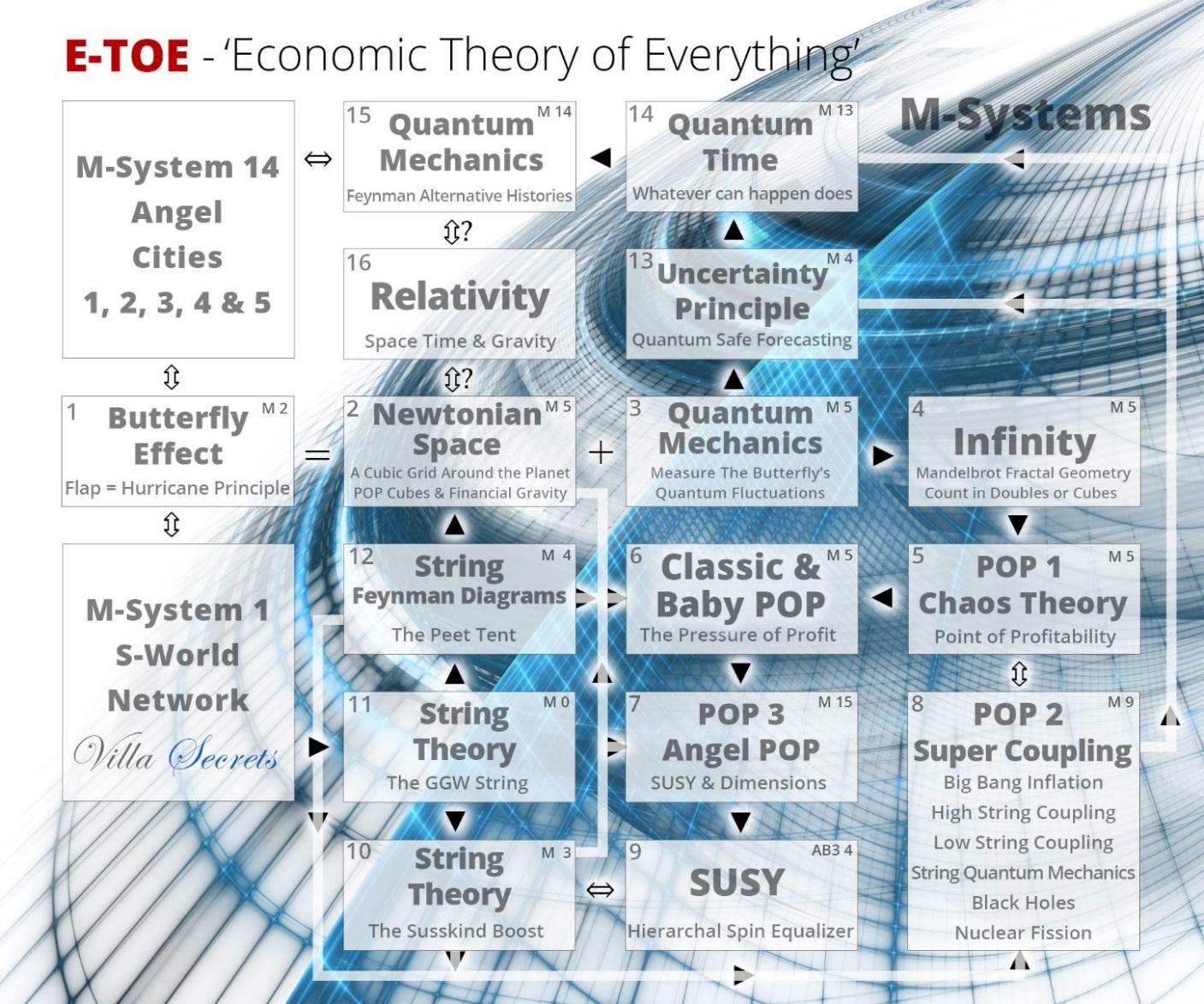
-
2.1 M-Theory and the E-TOE
Introducing M-Theory, “The only candidate for a complete theory of our universe” simulated to create an Economic Theory of Everything (The E-TOE).
www.angeltheory.org/book/2-1/M-Theory-and-the-E-TOE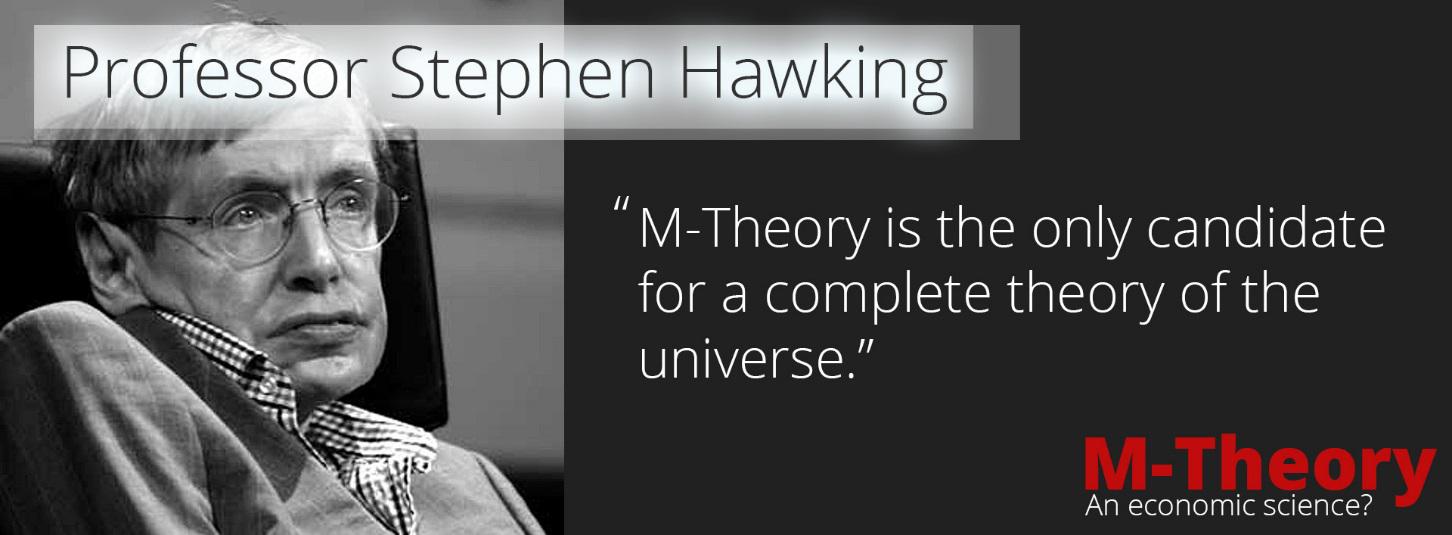
-
2.2 The Flap of a Butterfly’s Wings
From the flap of a butterfly’s wings to the financial gravity of the network.
www.angeltheory.org/book/2-2/Of-a-Butterflies-Wing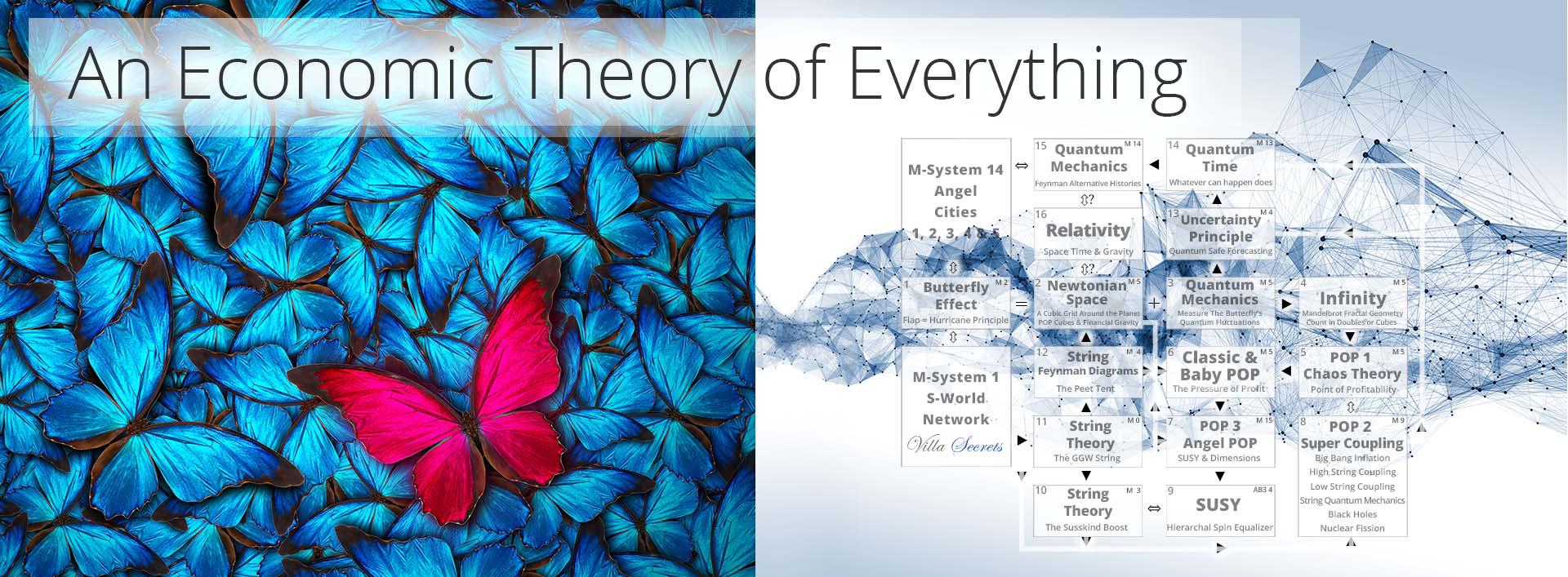
-
2.3 The Network on a String
How the String Theory Systems maintain the integrity of the financial gravity and create equality.
www.angeltheory.org/book/2-3/The-Network-on-a-String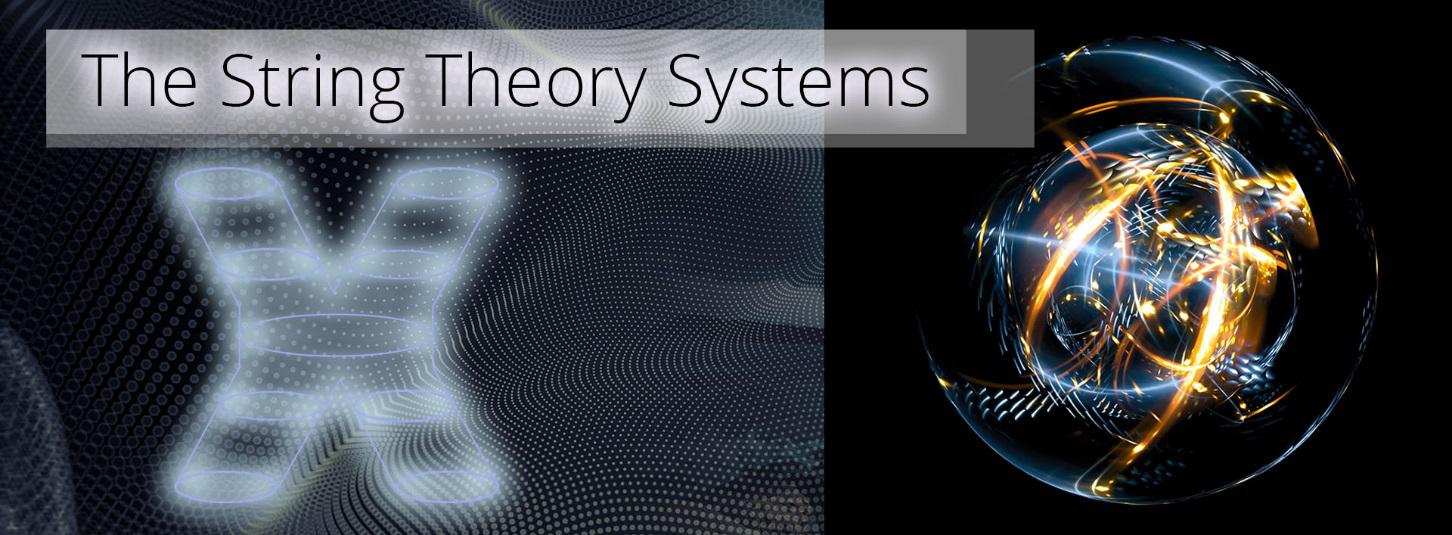
Featuring…
M-System 3. The Susskind Boost
Influenced by Professor Leonard Susskind
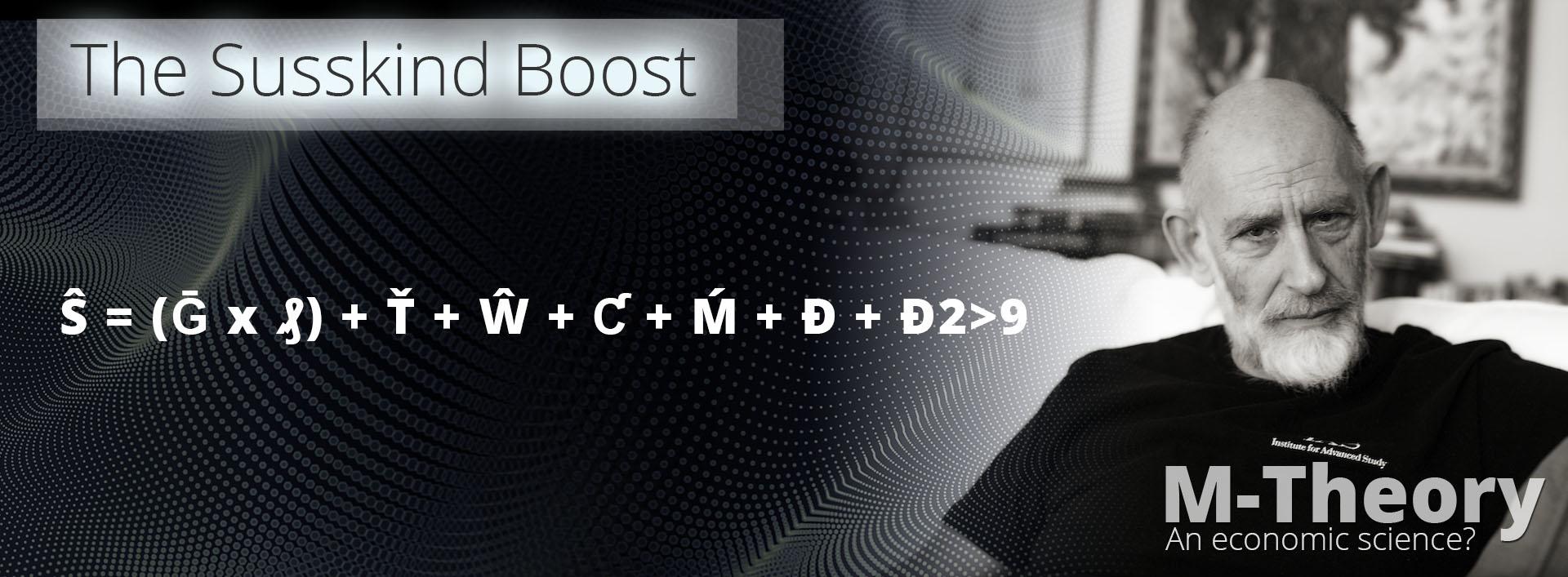
M-System 4. The Peet Tent
Influenced by Dr Amanda Peet
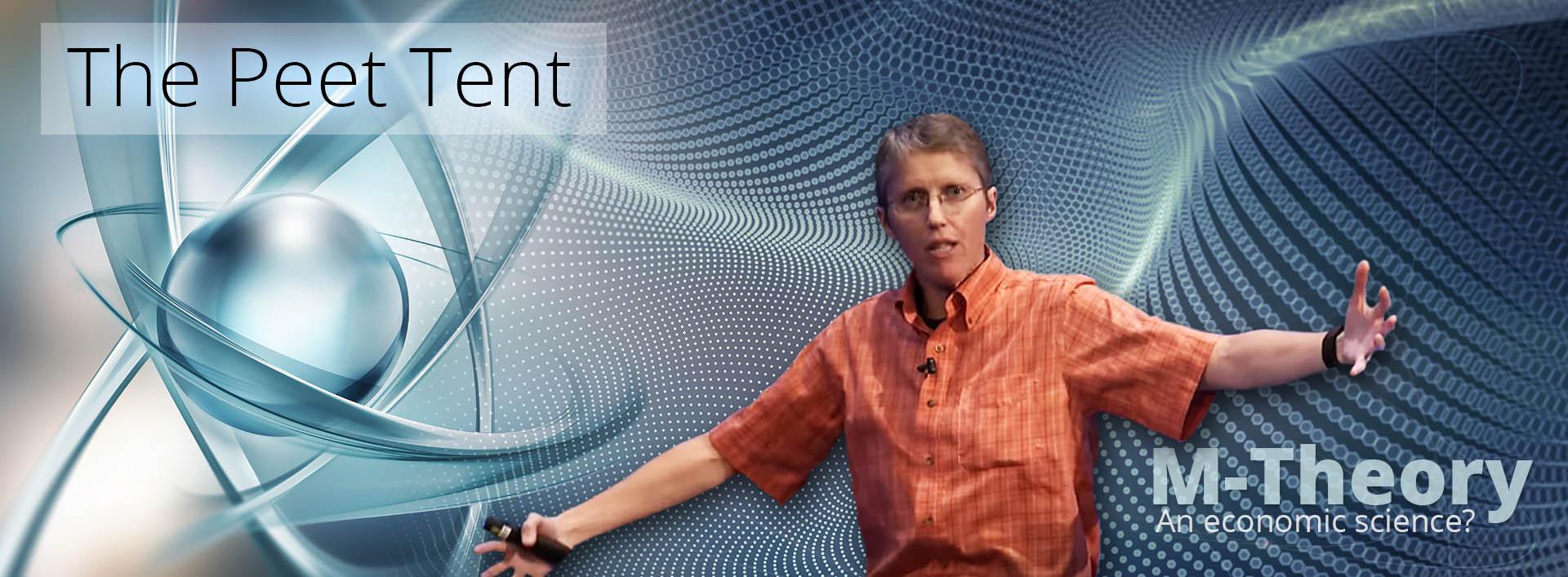
M-Systems: An Economic Theory of Everything
Influenced by Professors: Garret Lisi, Brian Cox, Brain Greene, Michael Green, Amanda Peet, James Gates, Giovanni Amelino-Camelia, Leonard Susskind, Edward Witten, Stephen Hawking, Leonard Mlodinow, Cumrun Vafa, Andrew Strominger, Jeff Forshaw, Nima Arkani-Hamed & Thomas Piketty.
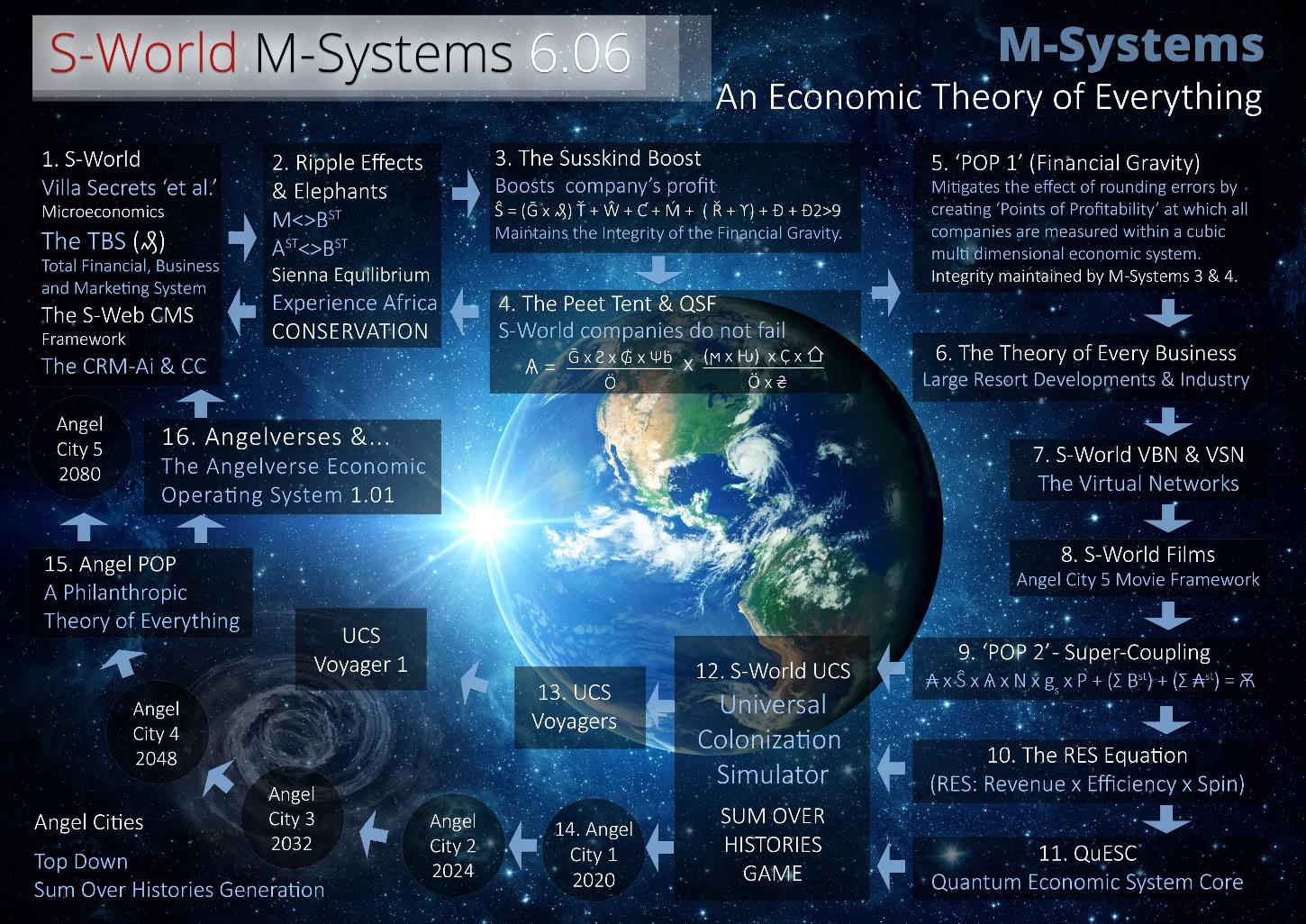
-
2.4 Super Coupling
From String Coupling to Nuclear Fission come 1 Billion possible ways for S-World to create companies.
www.angeltheory.org/book/2-4/Super-Coupling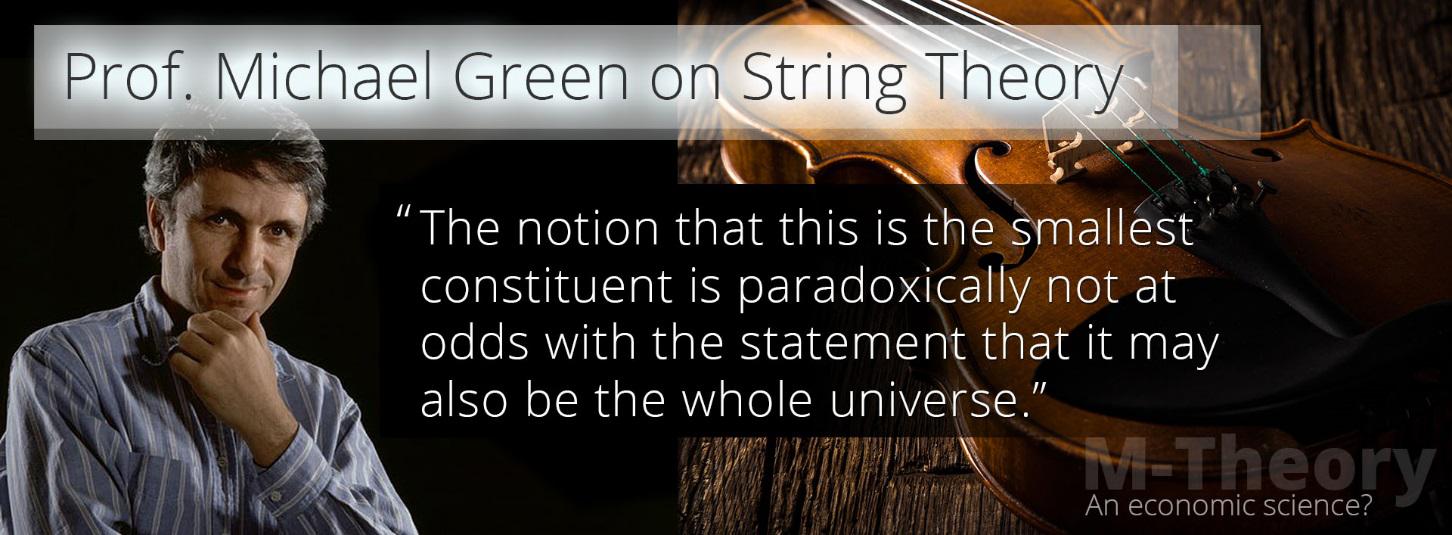
From:
“The notion that this is the smallest constituent is paradoxically not at odds with the statement that it may also be the whole universe.”
To:
“The notion that this is the smallest constituent is paradoxically not at odds with the statement that it may also be the whole economy.”
M-System 9. Super Coupling
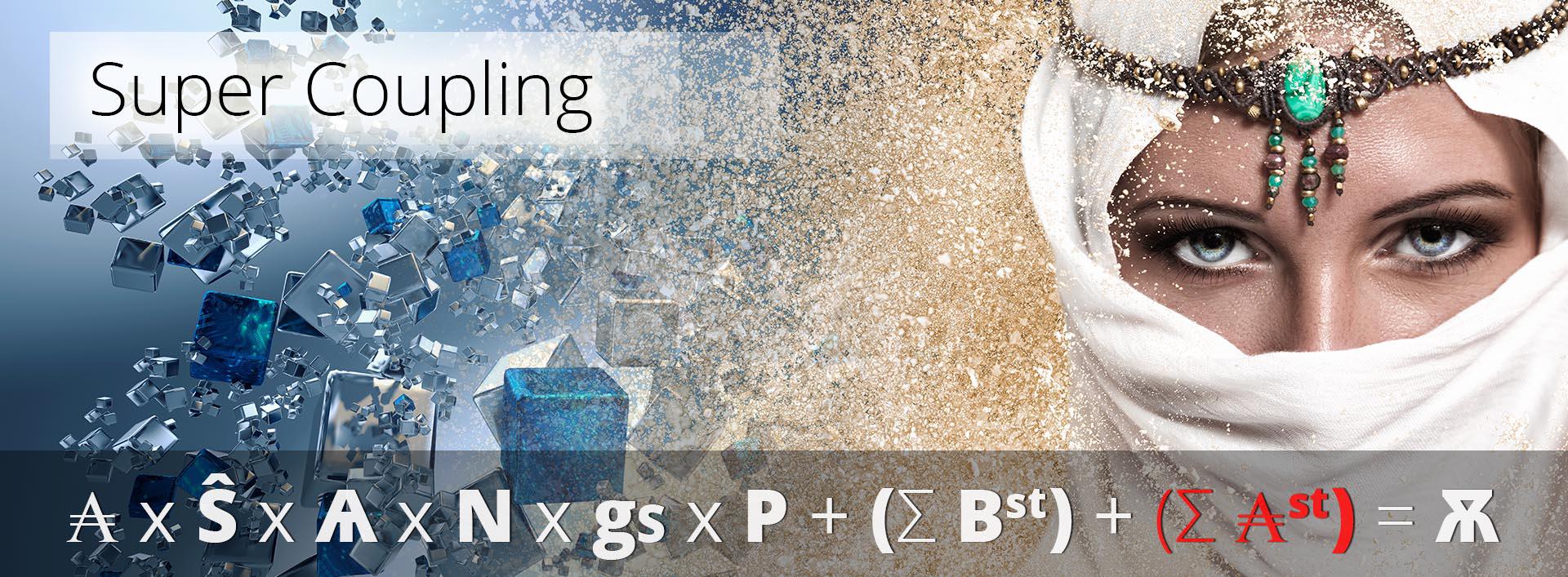
-
2.5 Quantum Time
Eureka! UCS Voyager Economic Time Travel, Eureka 2: Angel Cities – Feynman’s Sum Over Histories ‘future way stations,’ from which we plot our future backwards starting at 2080.
www.angeltheory.org/book/2-5/Quantum-Time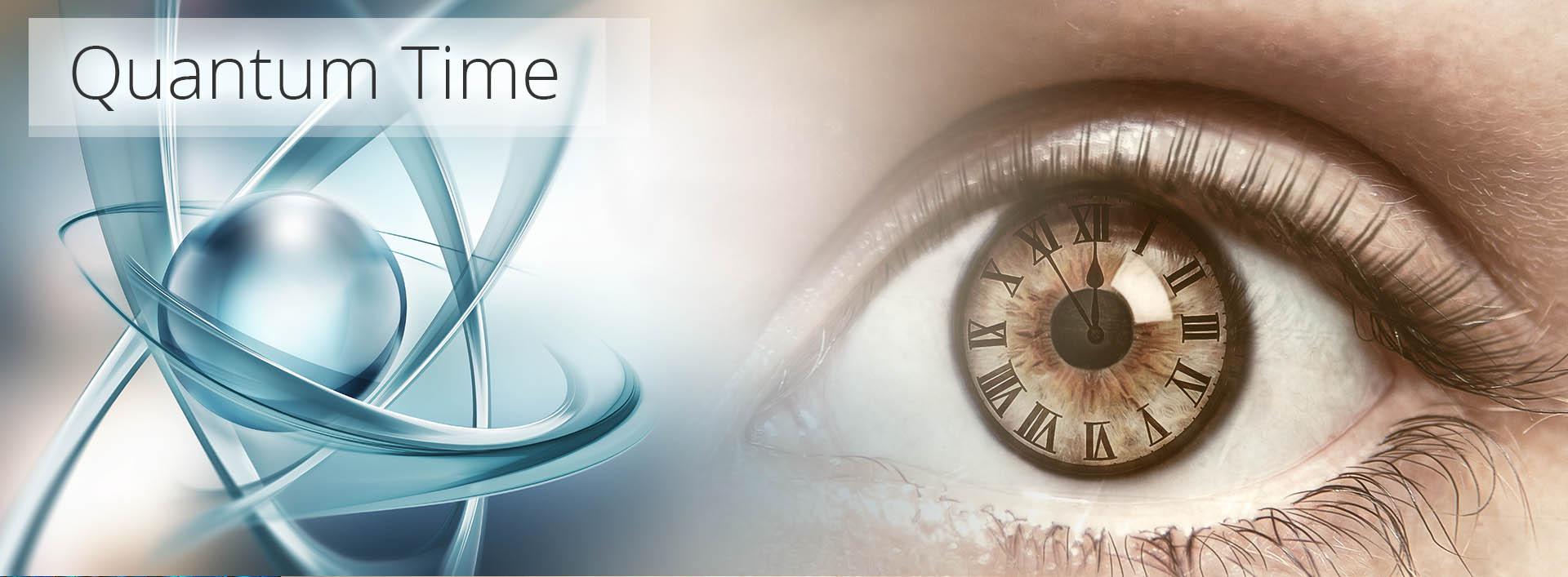
-
2.6 Relative Equality
Einstein’s theory of gravity simulated as a theory of equality as we grow those mountains and fill them valleys!
www.angeltheory.org/book/2-6/Relative-Equality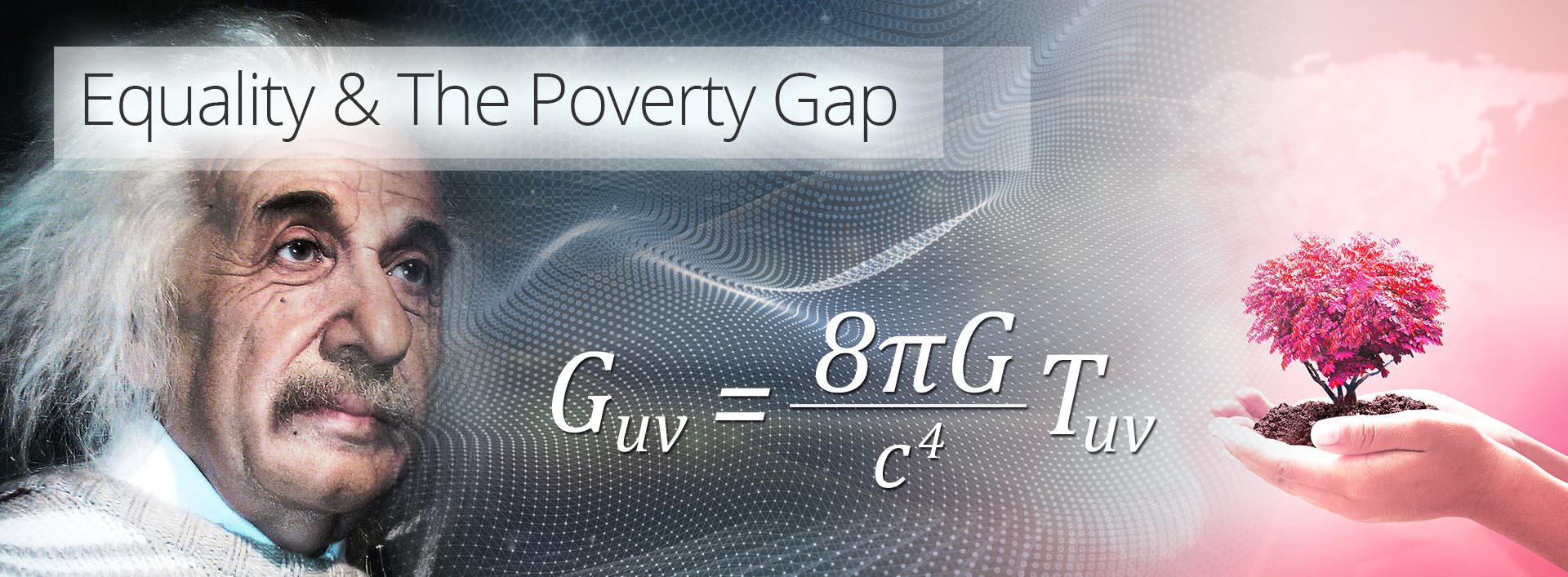
-
2.7 M-Theory an Economic Science?
A few choice quotes from Professors Witten, Hawking, & Camelia that lead to the question: ‘M-Theory an Economic Science?’
www.angeltheory.org/book/2-7/M-Theory-an-Economic-Science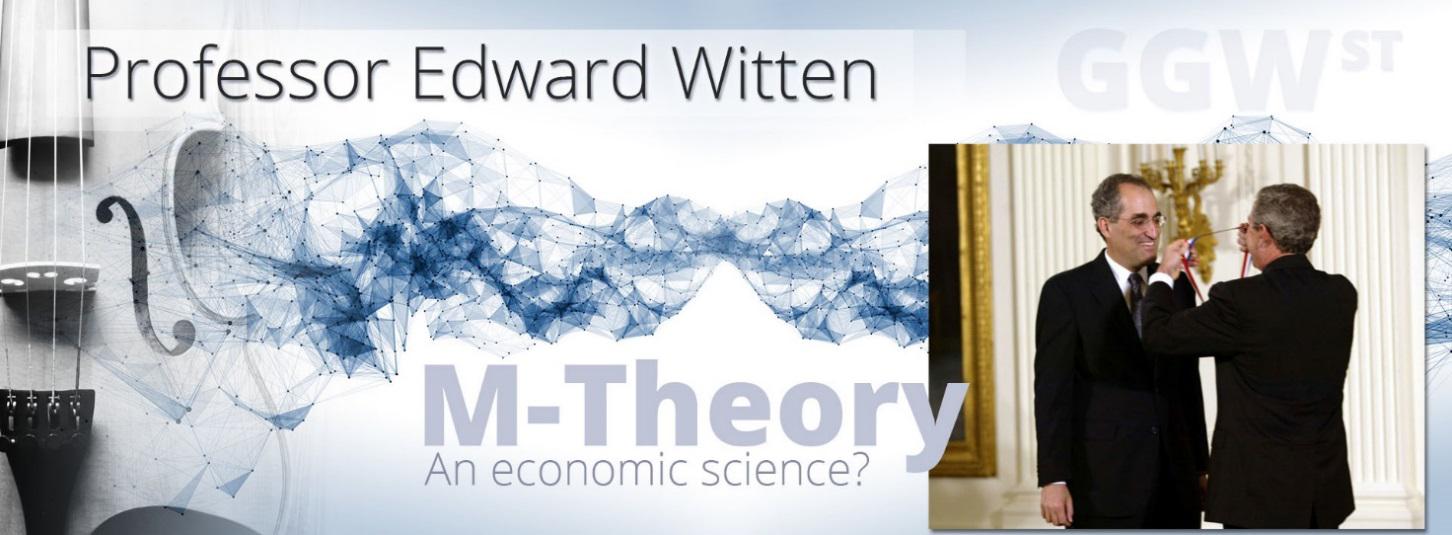
-
2.8 Relative Equality Part 2 ‘American Butterfly 2018’
How M-Systems 3. The Susskind Boost, 4. The Peet Tent, & E-TOE Step 15 ‘Relativity’ insure US & Western investors against a future FIAT Currency Collapse.
(This Chapter is 50% complete)
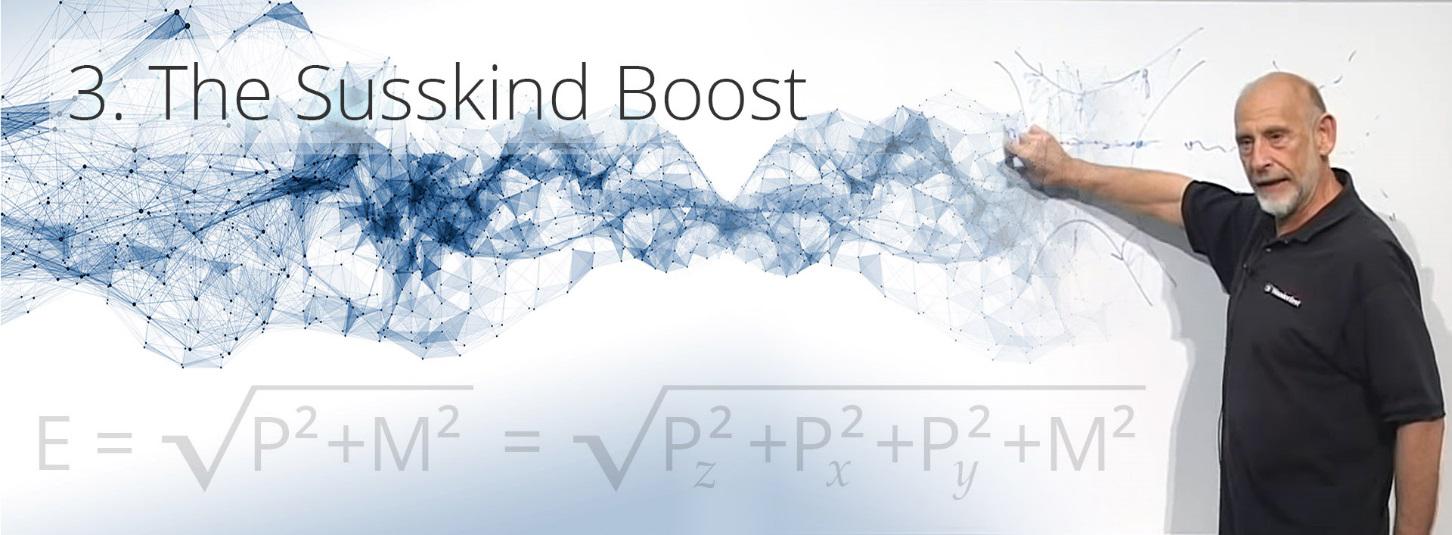
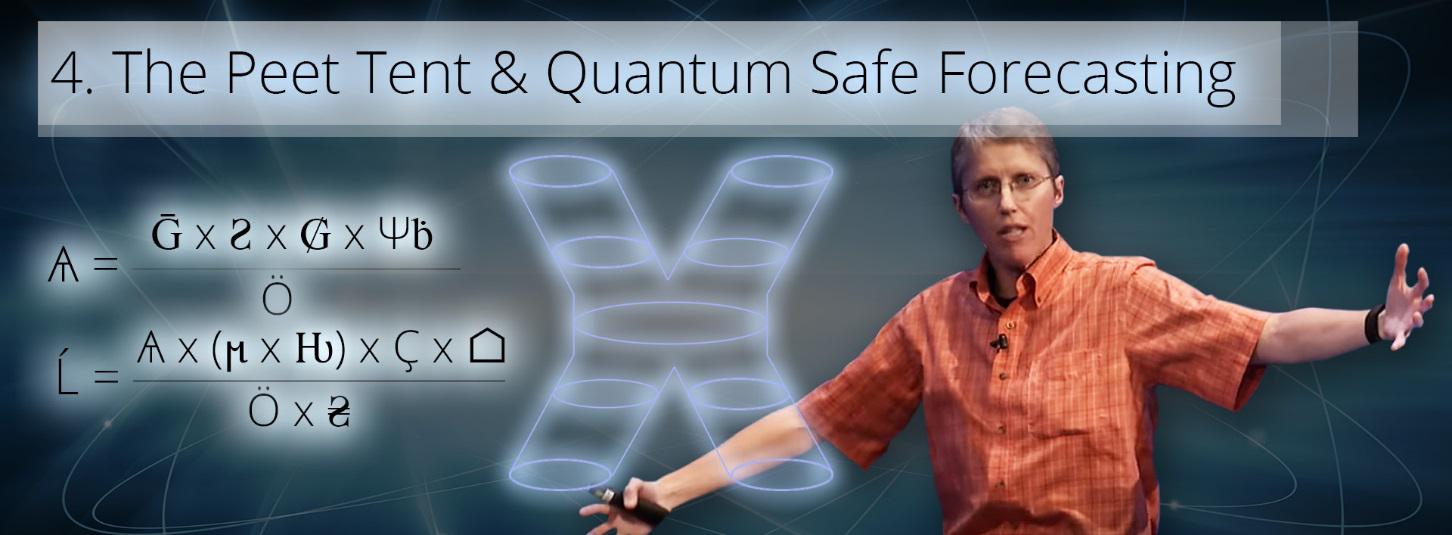
-
2.9 Conservation of Energy & ‘RES’
From the law of conservation of energy comes ‘financial equivalence’ achieved by attaining a 100% ‘E’ (all money spent by one company, is spent with one or another S-World company or its personnel) and zero tax.
Initially considered for S-World UCS™ simulation 3: ‘Mars Resort 1,’ now considered for all Grand Networks in locations of abject poverty, as we create the S-World UCS™ MZ simulation for Malawi and Zimbabwe in Book 3. ‘The GDP Game.’
(This Chapter is 50% complete)

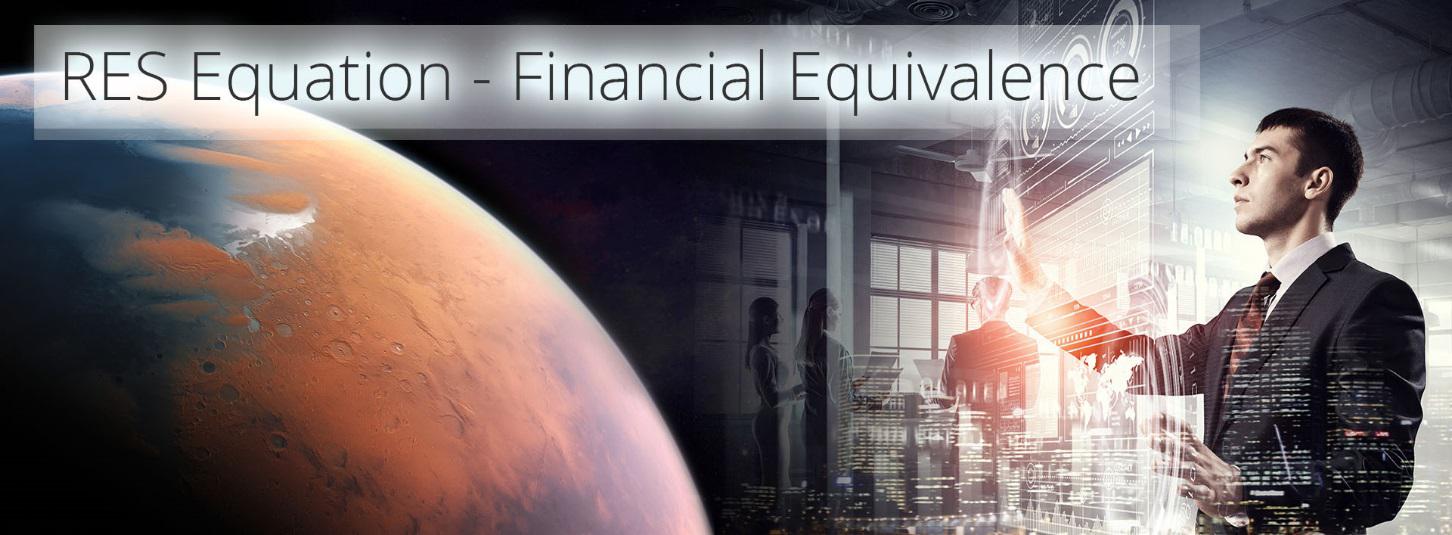
Book 3 Summary: The GDP Game (Audacious Economics)
‘S-World Macroeconomics’
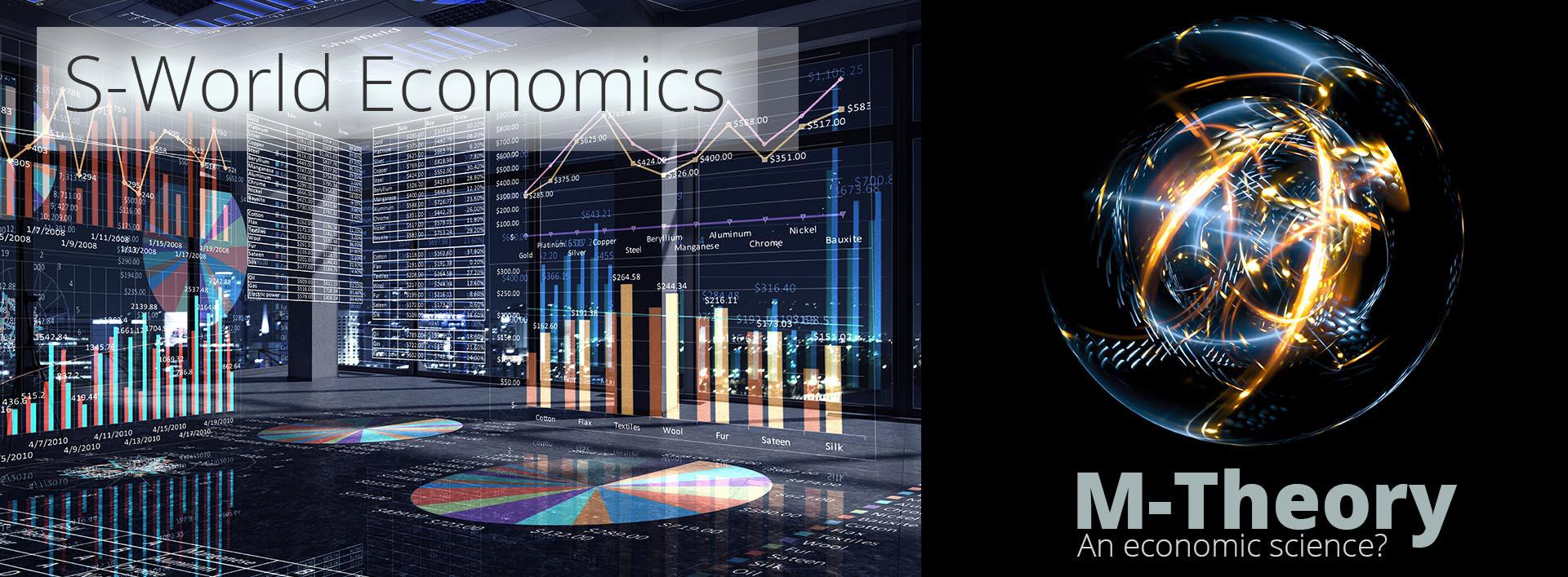
Book 3: ‘The GDP Game’ is the most recent episode in the Angel Theory Series. The actual sequence of the books was first, Book 4. Total Business Systems; then Book 5: Villa Secrets Network (The Microeconomics); and after, Book 1. Audacious Ideas (an overview of the entire project); then Book 2. The E-TOE (M-Theory and an Economic Theory of Everything), and since December 2017 this Book 3. The GDP Game (A S-World UCS Macroeconomic Simulation), continued from Chapter 8 of American Butterfly (circa 2012) and in general Book 1. ‘Audacious Ideas.’ (2017)
It may seem odd for one to desire to create an economic theory in 2011, then work it for 7 years, and only once it is nearly complete look to the world of Economics to corroborate it. This is, however, what I have done.
To assist me in this endeavour and this chapter, I have worked around the book ‘Capital in the 21st Century’ by Thomas Piketty; a diligent study on the economics of inequality, and quite possibly the most uniquely useful book on economic data, and its interpretation relevant to the world we live in today.
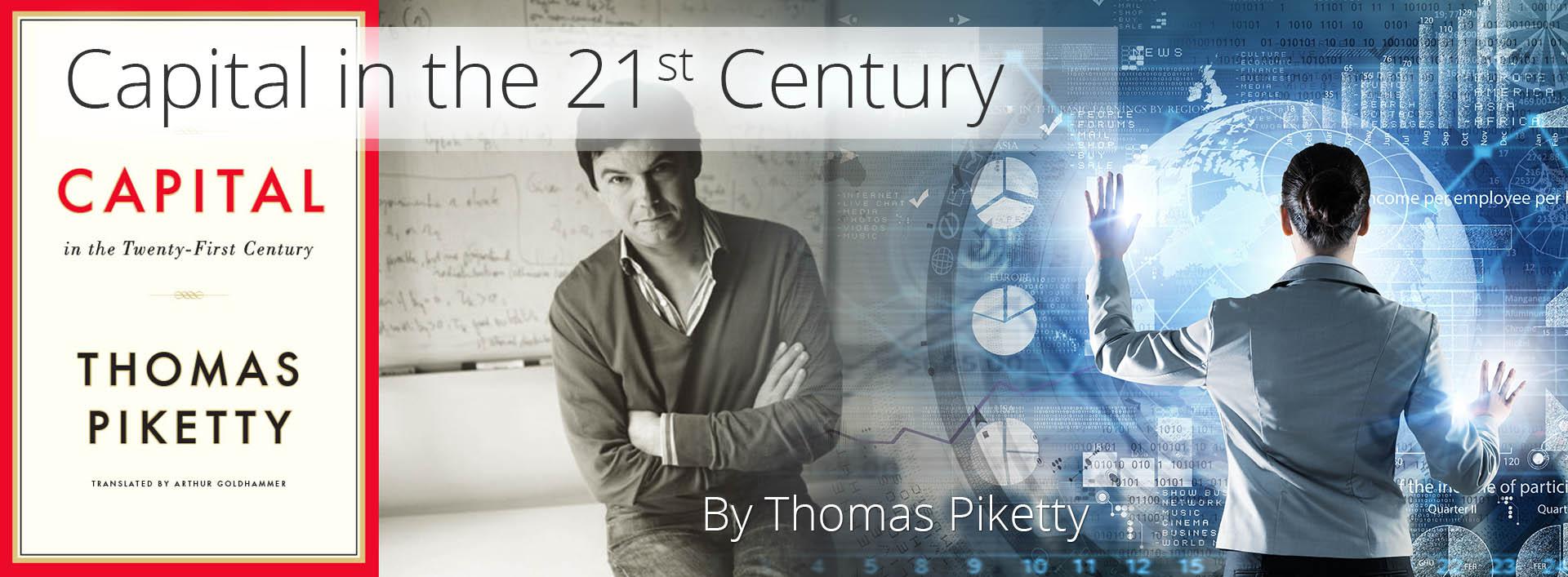
-
3.1 The S-World UCS Simulation and Game
For those new to S-World UCS, it is a tutorial game and simulation that stands on top of the software described in Book 4. The S-World TBS (Total Business Systems).
I am aware that whilst I have a passion for management simulations from Football Manager to Railway Tycoon, I am in the minority. However, as a way to learn, specialize, and start or join a business in the S-World network, turning the training and tutorial into a game will surely be more fun than contemporary study.
Within these games/simulations, the player manages every aspect of the business, must use research trees to gain access to the TBS and other systems; and in playing, will get to know just about all there is to know about the business; and importantly, the system will work out which position is best for the candidate, or will suggest a position in a different industry where their unique skills are most in demand.
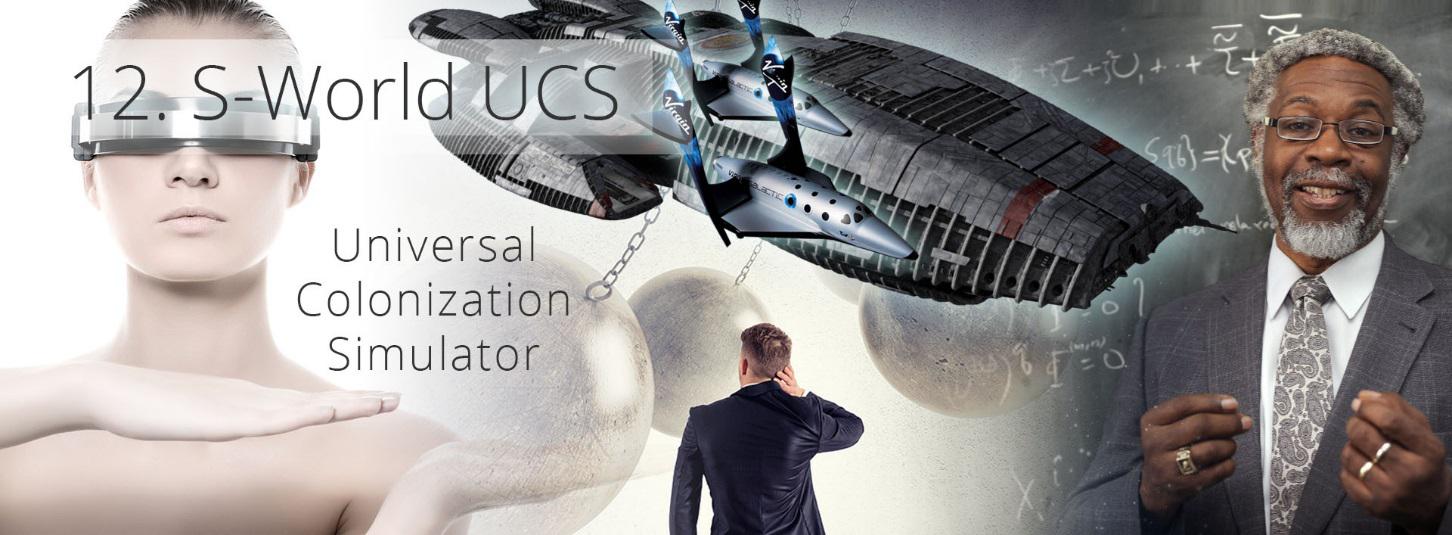
Alongside these many small to medium company tutorial games, come macroeconomic ‘Grand Network’ games. The most advanced before writing this book was MARS Resort 1, created to compliment the ambitions of Elon Musk & SpaceX.
Whilst futuristic, this game allowed for the development around the RES equation (Revenue x Efficiency x Spin). And as we could create a no tax colony and 100% (E) ‘Efficiency,’ the MARS Resort 1 economy grew at a rate far higher than earth. Indeed it grew so fast we needed to slow it down.
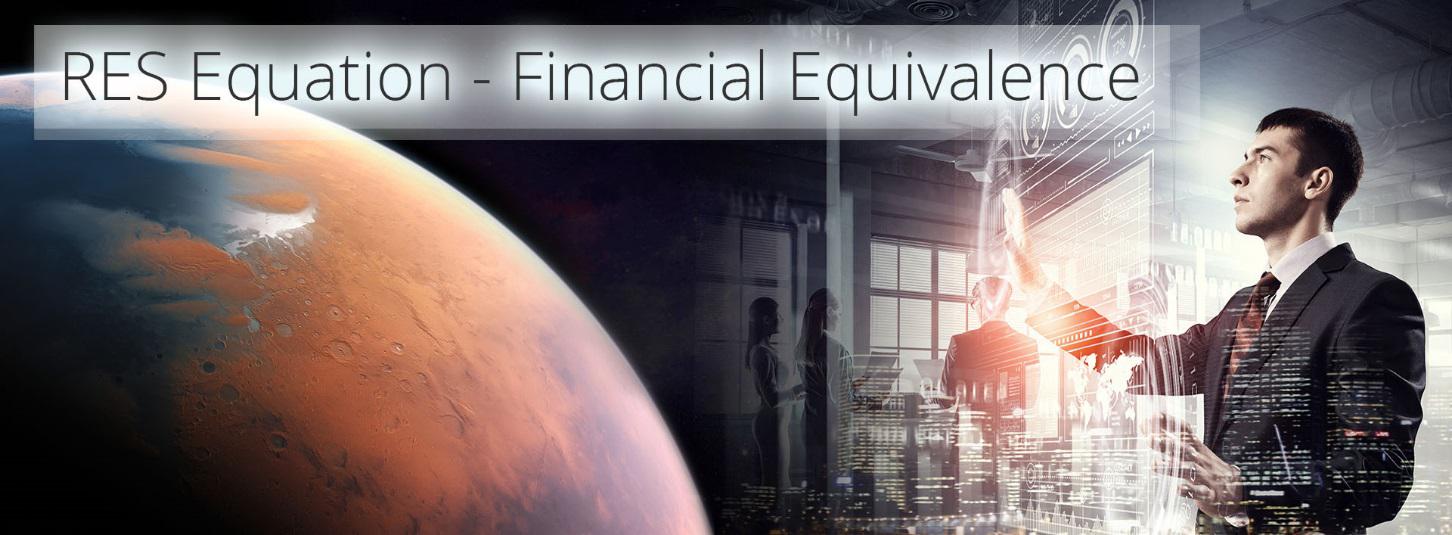
This, in turn (reverse engineered), prompted a look at creating Grand Networks in locations of abject poverty that had a low GDP, which would allow us to create a similar model to the MARS Resort 1.
As about 80% of what was made was essentially ‘for benefit,’ and as all 18 different Special Projects (philanthropic, ecological, or scientific) were created as a part of the process; tax on total output would be in the region of 5%, so allowing for a RES (S) Spin of 8 (investment is spent and re-spent 8 times in a year), which increases the GDP relative to investment by 539%, if an (E) of 90% could be achieved in the final year.
In ‘The GDP Game,’ we start with a budget of $8 Billion (which is small in macroeconomic terms), and the game is played over 6 years starting 2018. The bulk of the investment will be in years 5 and 6 once the systems and the ‘theory of every business’ are developed to the extent we can achieve a 90% (E).
So, for example, if one invested $4 Billion in 2023, with a 90% (E), and ‘Spin 8’ taxed at 5%, one multiplies the investment by 539% generating over R25.5 Billion in cash flow, which is recorded as GDP.
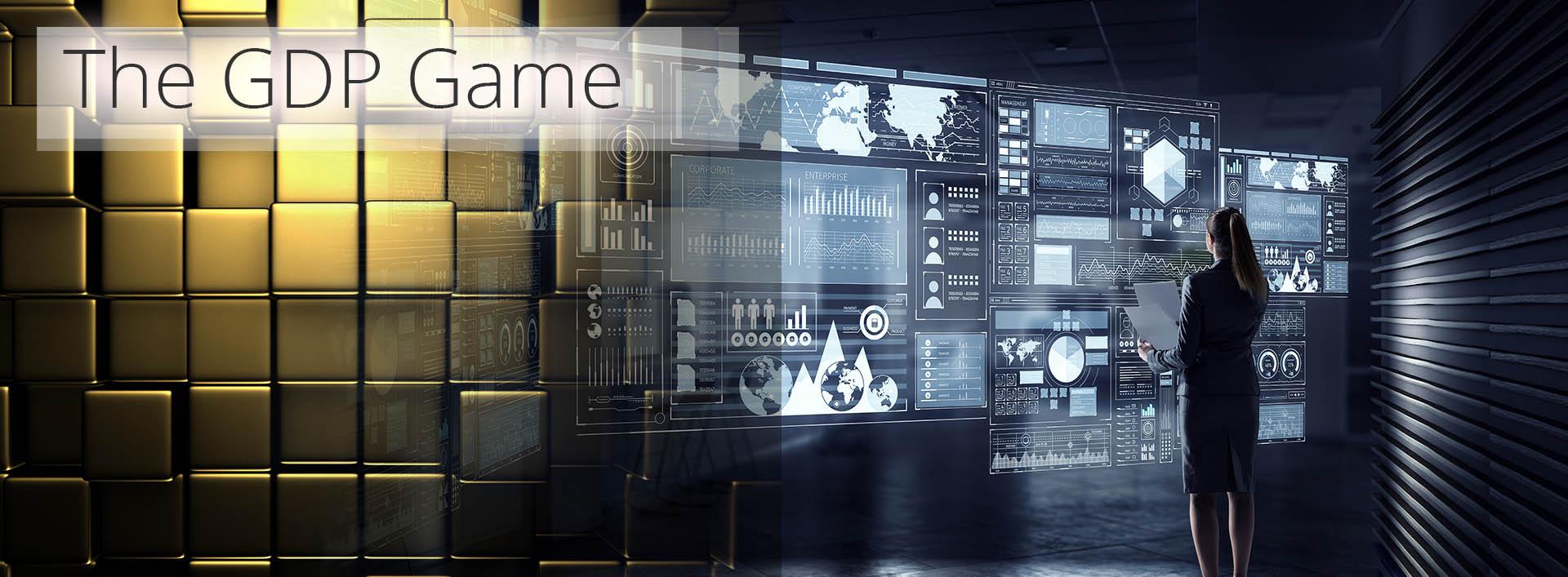
The GDP game is most impressive with the ‘safest’ country with the lowest GDP, which so far seems to be Malawi. With a current GDP of $5.5 Billion, an additional $25.5 Billion in 2023, is a GDP increase of over 400%, which is unpresented in economic history. And because of this, financial institutions across the world will wish to invest further in Malawi and specifically the financial instrument ‘S-World Bonds.’
Hence, we call this game, ‘The GDP Game.’
(This Chapter is 75% complete)
-
3.2 New Sparta City of Science (Circa 2011)
The first Grand Network idea was actually Zimbabwe in 2011. However, the first detailed plan/simulation was created 6 months later and was called ‘New Sparta – City of Science’ in Laconia, Greece. This game was based on technology, resort developments, and the first appearance of the POP initiative, which has now evolved into ‘The E-TOE’ (An Economic Theory of Everything) which is the subject of Angel Theory Book 2.
The objective was not only to solve Greece’s problems, but in so doing, creating positive butterfly effects across the whole EU, and then the world.
(This Chapter is 50% complete)
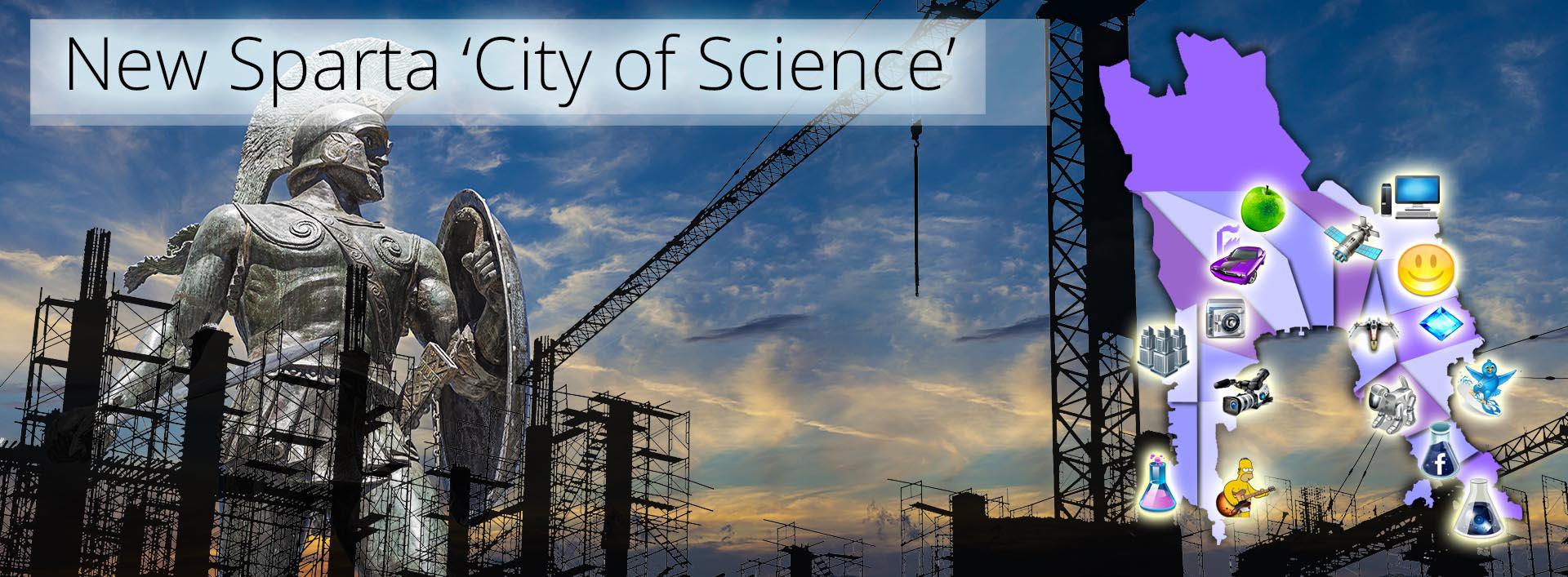
-
3.3 American Butterfly (Circa 2012-2013)
The original reason for classing S-World as economic was that it was , that was entered in to quite by chance in April 2011, to emerge as the economics vs theoretical physics ‘American Butterfly’ Books 1 to 4 in 2012-2013; set against a BabyPOP Grand Network near Orlando, Florida, set to stabilize the USA debt crises, and then create positive butterfly effects across the world.
(This Chapter is 75% complete)
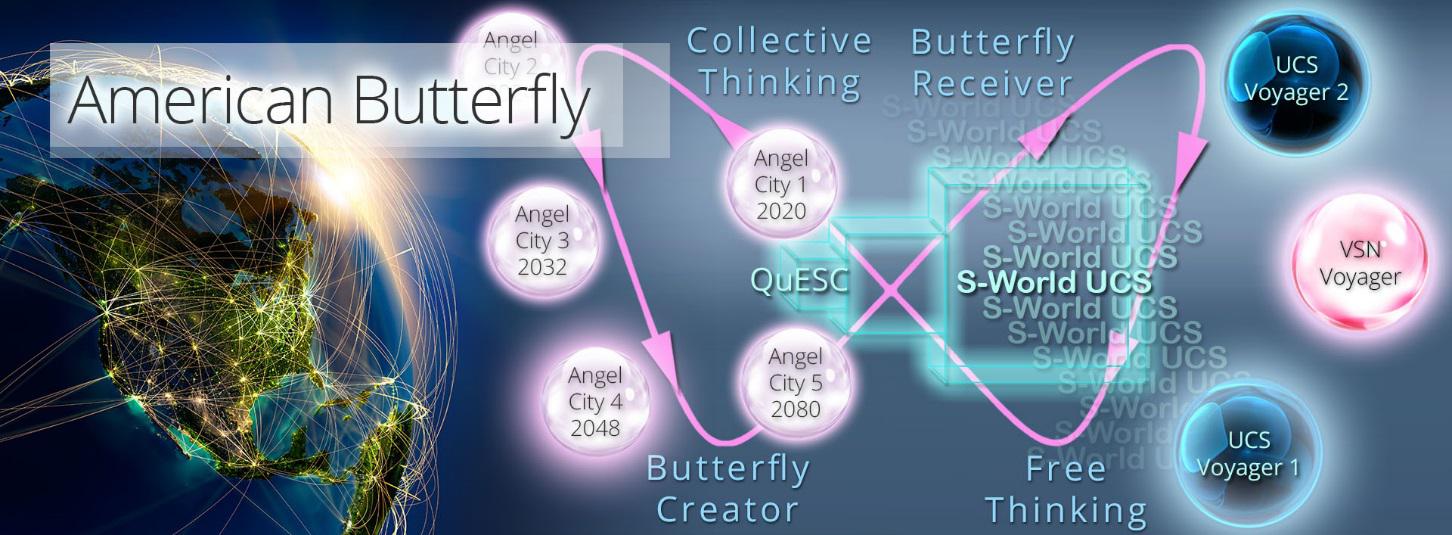
-
3.4 Cube vs Pyramid and FIAT Currency
From Thomas Piketty’s ‘Capital in the 21st Century,’ we examine the economic predictions of Malthus, Young, Ricardo, Marx, & Kuznets. Then, via the documentary ‘End of the Road: How Money Became Worthless,’ we examine the probability and a potential cure for a USD and Global FIAT currency crash.
Along this journey, we examine the differences between Pyramid/Ponzi Schemes in comparison with the Gold Standard cubic financial gravity of the S-World Network.
(This Chapter is 75% complete)
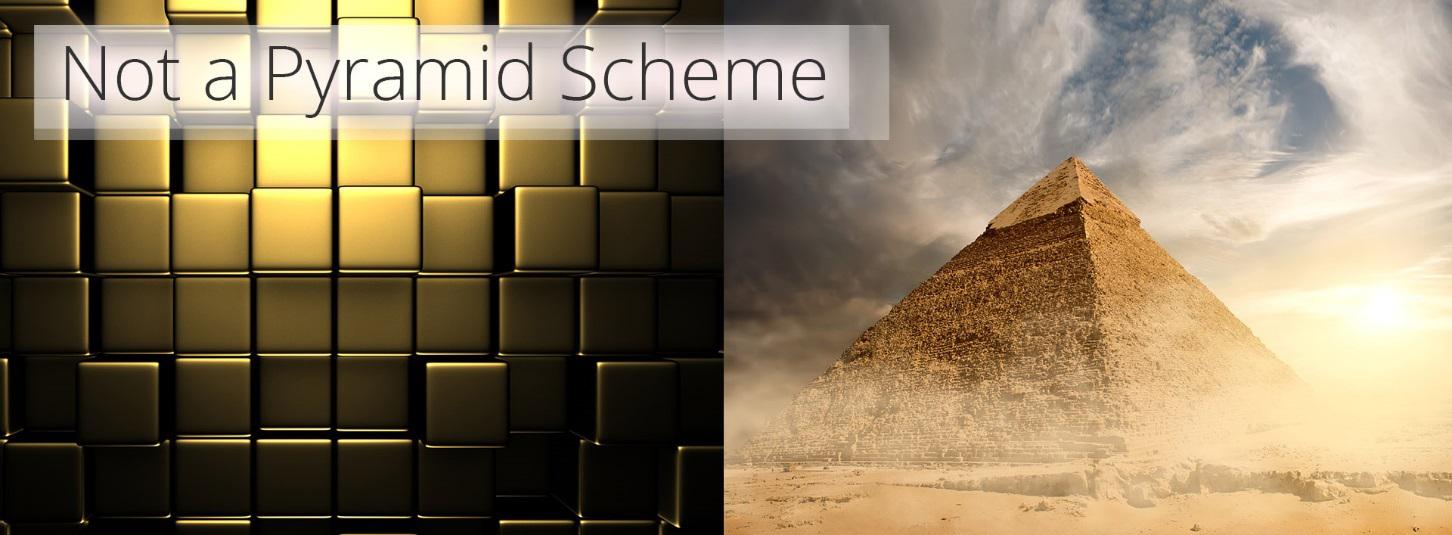
-
3.5 The Unequal ‘U’ & Convergence
The economics behind the fall and rise in inequality since 1700; and the principle of convergence that tells us that since 1950, emerging economies have gained ground on the West and are expected to continue to do so. Because of this phenomenon, Piketty as well as Peter Schiff (‘The Real Crash’); and in fact, every source I have heard says, in terms of investments, one should be investing in the emerging economies where the line is on the way up. Not in USA or Europe where the line is on the way down.
(This Chapter is 75% complete)
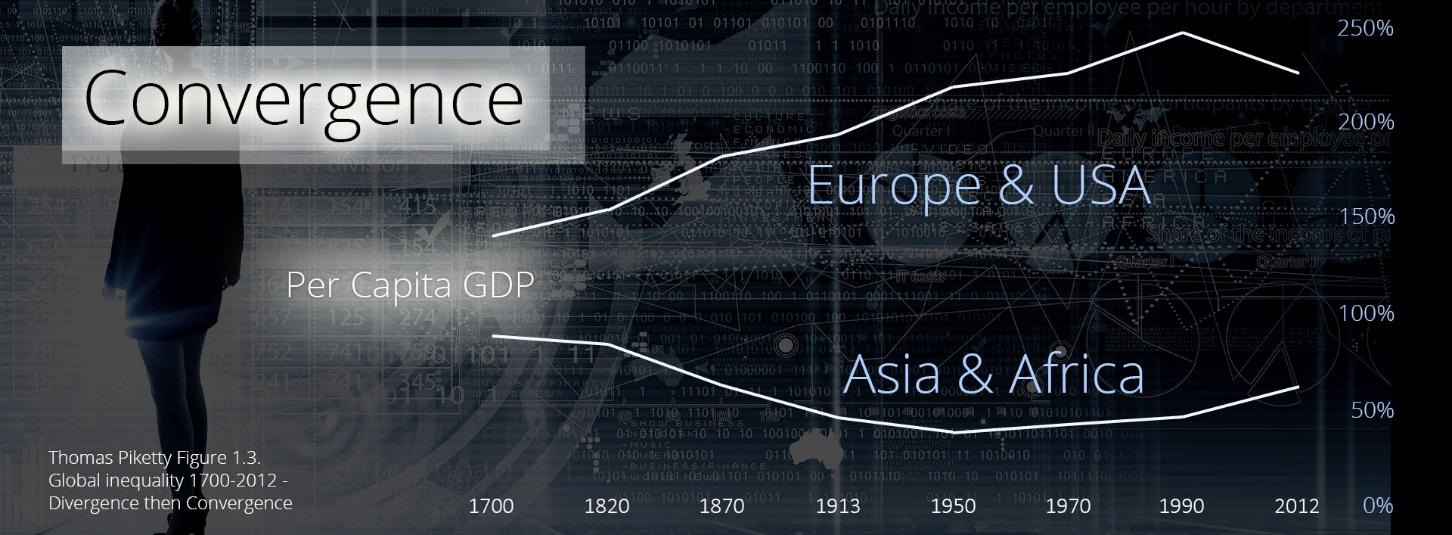
-
3.6 Ecological Rules
The first law of Grand Networks is that any development must be an ecological improvement; in particular, the same area must create more oxygen after development, which can be achieved by making 50% of land thick with forest, or desalinization in arid or desert areas.
(See Special Project 6. Sienna’s Forests)
(This Chapter is 50% complete)

-
3.7 Electricity, Internet, Education, & Health Care
Choosing for this game/case study the countries of Malawi and Zimbabwe and looking at the heart of the matter, historical experience suggests that the principal mechanism for convergence is when the poor catch up with the rich to the extent that they achieve the same level of technological know-how, skill, and education.
Education comes in many ways and especially the online tutorial games in S-World UCS. But first, in Malawi, we need electricity and plan for 128 solar facilities across the country.
(See Special Project 3. Advancing Human Potential)
(This Chapter is 50% complete)

-
3.8 The Theory of Every Business 2.02
The Theory of Every Business turns land and industry into profit-making companies; and considers the economics of a BabyPOP Network (a set of 16 or 32 Grand and Super Grand Networks) in the twinned location of Malawi & Zimbabwe; and hypothesises a company called ‘TWF’ (The Window Factory), which alongside many other companies is guaranteed to make significant profit due to ‘Ť’ Tenders from the various developments and industry needs.
(This Chapter is 50% complete)
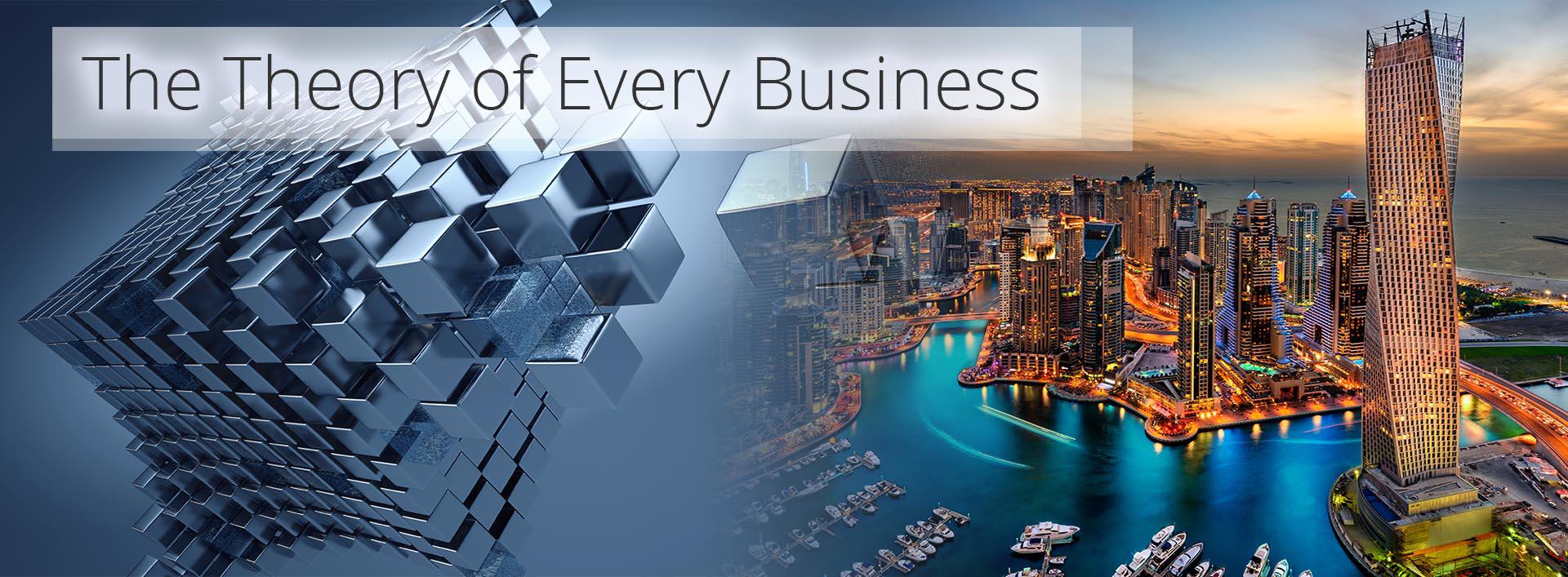
-
3.9 Spartan Contracts, Housing, Public Sector Jobs, & Welfare
Looks at the personnel of the hypothesised ‘Ť’ Tender company ‘TWF’ (The Window Factory), and how this company is made up of about 20 smaller companies of about 4 persons (on Spartan Contracts), each group performing a specific function.
For each 4 personnel, 1 public sector job is created; 50% of remuneration pays for personnel housing, 25% of remuneration goes to assist 8 others (a form of welfare); and how, as all personnel are in essence stakeholders, there is little room for unions, and everyone is incentivised to make as much profit as is possible.
(This Chapter is 50% complete)
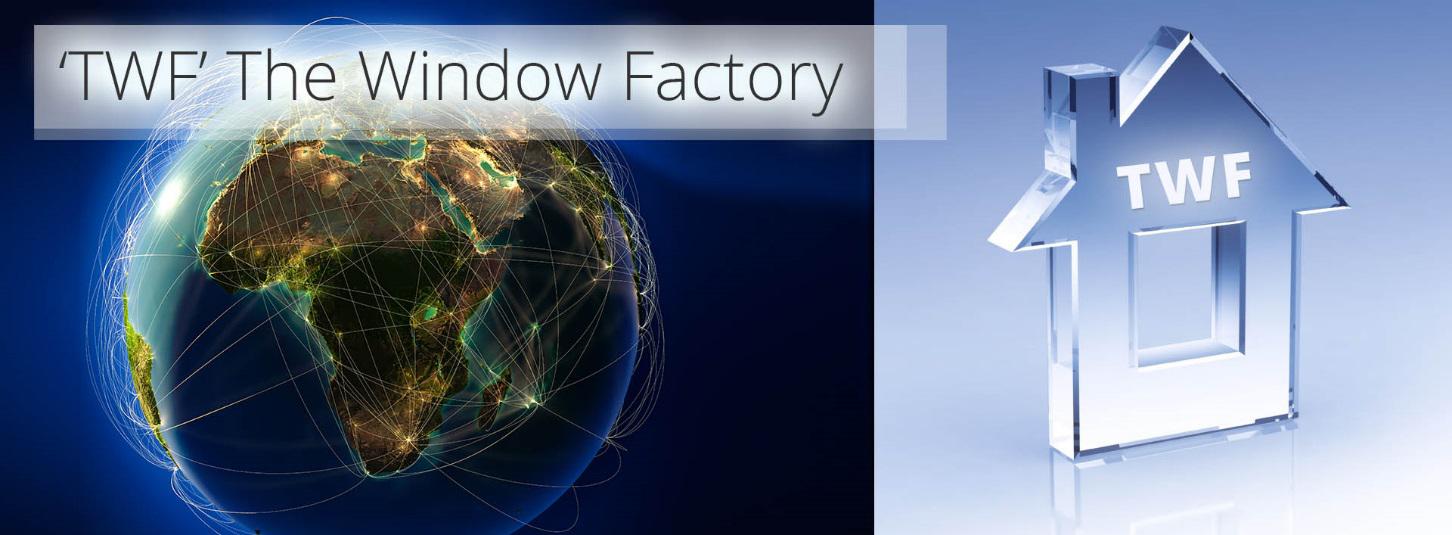
-
3.10 RES vs Tax & Diminishing Returns
S-World Bonds turn land and industry investments into companies that can make predictable profit due to benefit from (Ť) tenders. This chapter explores the law of diminishing returns, and performs due diligence to show the income needed to pay for the vital tenders does not rely on new investment rather clever usage of the RES Equation.
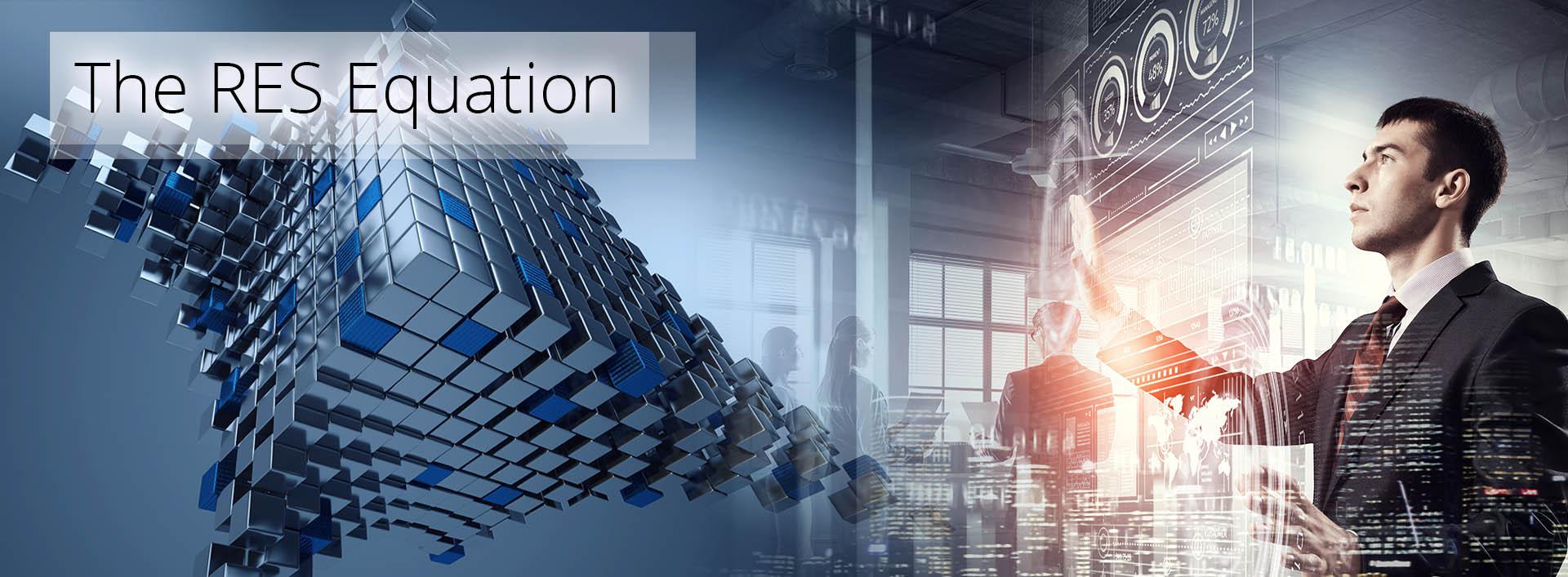
The instrument at our disposal to greatly increase the annual cash flow of the network is M-System 10. ‘The RES Equation.’
Take the initial income of a network (R), measure a company not from its profit alone but also the profit made from its expenses (E), optimize (E) and Spin (S) (increase the speed of all spending).Given that like SpaceX and Virgin Galactic we seek a 90% (E), and as the S-World is mostly philanthropic, tax on (E) is only about 5%.
So, if (E) is 90% and Tax is about 5%, we can apply (S) Spin 8, and the initial revenue (R) is re-spent 8 times within a year which generates a cash flow (a GDP) of 539% times (R), with enough in the tank to add enough cash flow in year 2 to cover all (Ť) tender costs.
(This Chapter is 75% complete)
-
3.11 S-World Bonds
Introducing ‘Gold Standard’ S-World Bonds backed by the assets they purchase such as land, infrastructure, industry, real estate, and the companies formed via the assets.
This conversion from land and industry into many small to medium sized business, that benefit from (Ť) tenders, creates an impressive income and increases the total valuation of the bond significantly. And more so due to convergence.
Initially offered (after an S-World UCS simulation proves the macroeconomics) to the universities, foundations, and companies from ‘The Butterfly,’ as seen below alongside other geographical and industry butterflies.
(This Chapter is 50% complete)
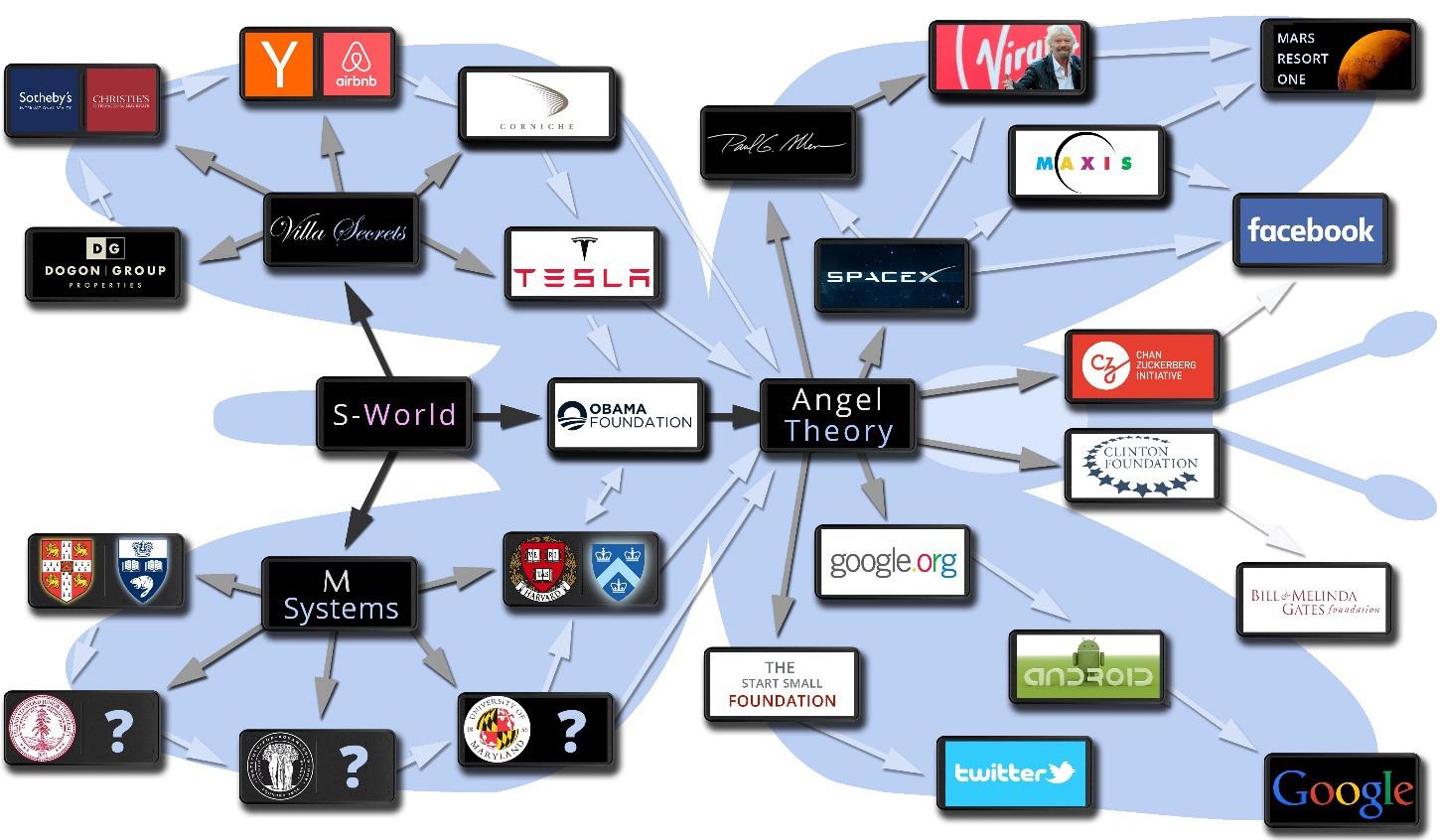
-
3.12 The GDP Game ‘Audacious Economics’
Working on $1 Billion in 2020, $1 Billon in 2021, $2 Billion in 2022, and $4 Billion in 2023.
When we apply RES ‘Spin 8’ in the last year, the GDP of Malawi will have increased by more than 4 times its current output of $5.5 Billion. And Zimbabwe will there or there about have doubled its output of $16.29, as in year 4, the 539% increase in cash flow is (in economic terms) the same as increasing GDP. Thus, in the year 2023, the $4 Billion investment equates to $25.5 Billion in additional GDP, increased further by the rollovers from 2022 and 2021.
(Note: increases presented are for one or the other location (Malawi or Zimbabwe), should both locations be invested in at the same time, we would either double investment or half expected GDP increases, which would (in any case) still be the fastest GDP increase in the history of economics.)
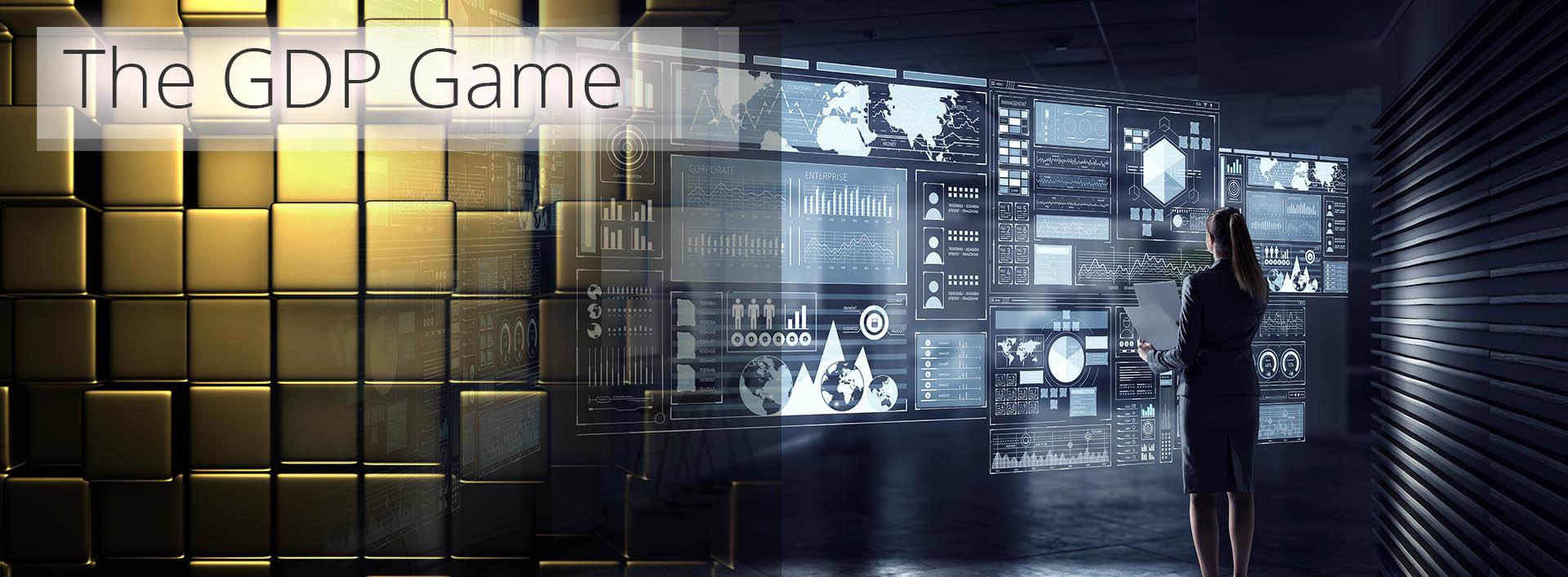
The GDP Game is simply this; if the first round of S-World bonds achieves the result that the two countries involved (or one of) become the world’s fastest developing economy, then S-World bonds will become a gold standard financial instrument that every financial portfolio manager is going to want to invest in.
So, creating a permanent solution that requires no more philanthropic investment, which can focus on other countries and S-World ventures.
(This Chapter is 75% complete)
-
3.13 Equality Matters
In Thomas Piketty’s ‘Capital in the 21st Century,’ Piketty references many causes of inequality, as does Peter Schiff in ‘The Real Crash.’ This concluding chapter looks at the laws and rules put in place to create not only a competitive economy in locations of current abject poverty but also an equal economy, or at least a far more equal economy that is currently in the West, which has seen inequality rise significantly with the rise of the ‘super manager’ (high paid CEOs whose remuneration is not based on good economics rather that said ‘super managers’ have the power to set their own salaries).
(This Chapter is 50% complete)
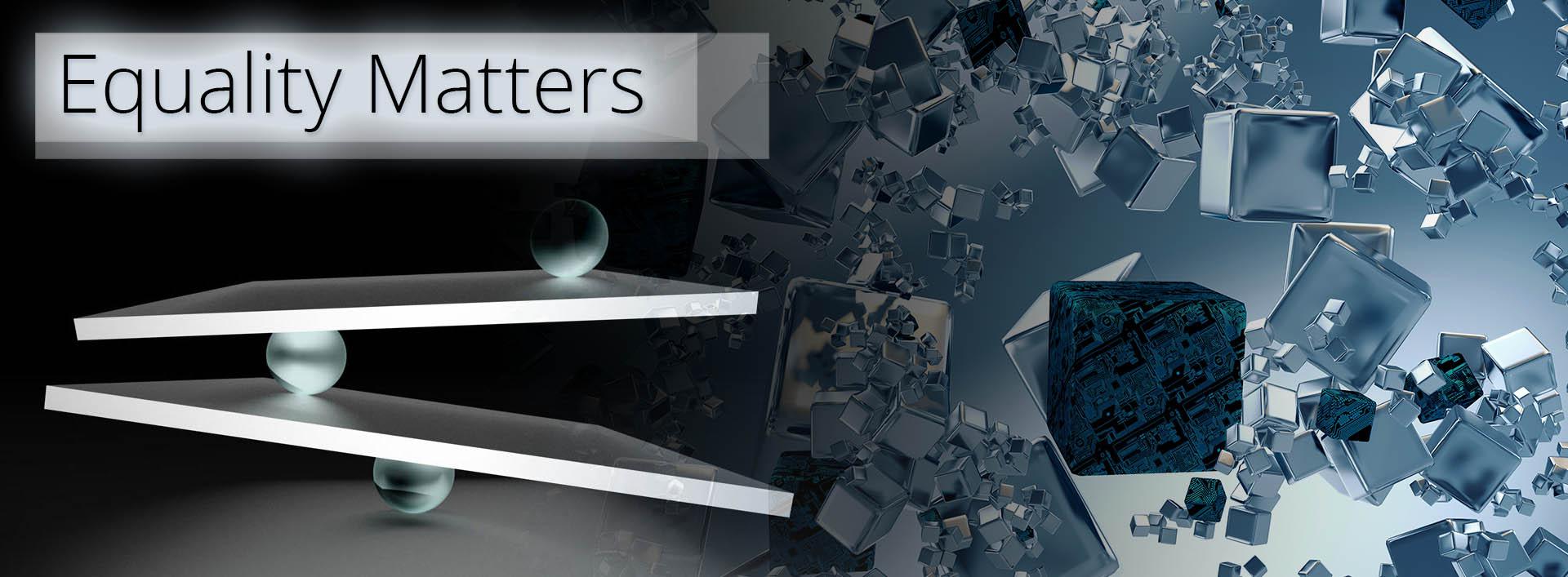
-
3.14 How can we do the most good?
In Book 2 Chapter 3. The Network on a String, we conclude with M-System 15. AngelPOP and the slogan from Facebook co-founder Dustin Moskovitz’s Open Philanthropy Project, ‘How can we accomplish as much good as possible?’

The BabyPOP Supersymmetric Grand Network of Malawi and Zimbabwe is not cheap. However, it provides electricity, education, health care, infrastructure, social housing (albeit rather nice social housing), welfare, public sector jobs, tens then hundreds of thousands of stakeholders in companies, tourism, repopulation of elephants and rhinos, significantly higher GDP, respect on the world stage, far better credit rating, antiretroviral for millions, and jobs, jobs, jobs; all contained within an environmental improvement framework.
Starting from scratch, in this way, in a decade, Malawi and Zimbabwe could be the 2 most ecologically and industrially efficient countries on the planet, as all their industry would be brand new, which worked well for Germany and Japan after 1946.
This project is literally saving a continent. Africa is on a knife edge right now, stray just a little and we can say goodbye to the wildlife and nature reserves, to be replaced with another billion people, extreme misery, and epic levels of economic migration.
S-World offers a very different reality, and with it comes stability not only in Africa but the world. And because of this, the answer to the question: ‘How can we accomplish as much good as possible?’ may well be to build the Malawi Zimbabwe Grand Network.

And let’s not forget, it’s not a donation, it’s a Gold Standard investment. And if classic economics and the undeniable statistic of convergence are anything to go by, a very wise investment anyway.
At the very least, it’s worth creating the S-World UCS simulation, which will (in any case) be a very fun and interesting project to create.
To conclude, thanks once again to Thomas Piketty and his book ‘Capital in the 21st Century.’ Without which ‘The GDP Game’ would likely never have been written.
(This Chapter is 75% complete)
